The Sweden Magazine
This week we launched issue 5, the Sweden issue, at the Swedish Ambassador's Residence in London. So, it seems like the right time to share a sneak peak of some of our Scandinavian content and say a mighty big thank you to the fab team at Visit Sweden, the Embassy of Sweden and of course Ambassador Nicola Clase. If we've learnt anything it's that few people are as generous and hospitable as the Swedes (and that they have a rather glorious country too).
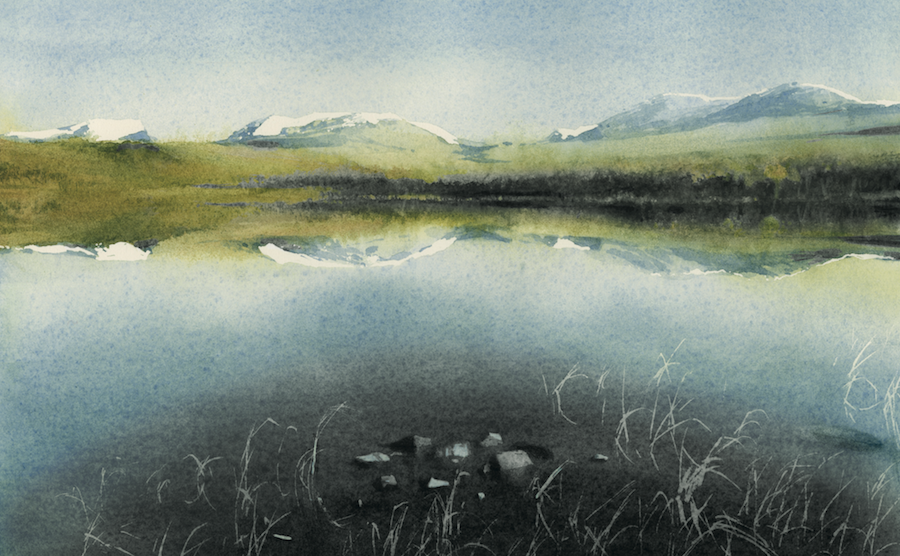
The Magazine ...
Rich in coastal hideaways, ancient archipelagos and islands rising from the sea, Sweden has a fondness for the sublime. With remote restaurants challenging palates and expectations, hotels carved from ice and pathways draping her frontiers, this is a country of extremes. But its cosmopolitan icons, and cities famed for their food, flair and design, also set hearts aflutter. Seasonal splendour allows creatives to delight in the daring and while there is a sense of wildness, the landscape shaped by glaciers and blanketed in forest, solitude is easy to find. Visit this northern wonderland and you’ll soon discover that Swedish escapes are good for the soul.
You can order the magazine online here.
Some featured destinations (and people) ...
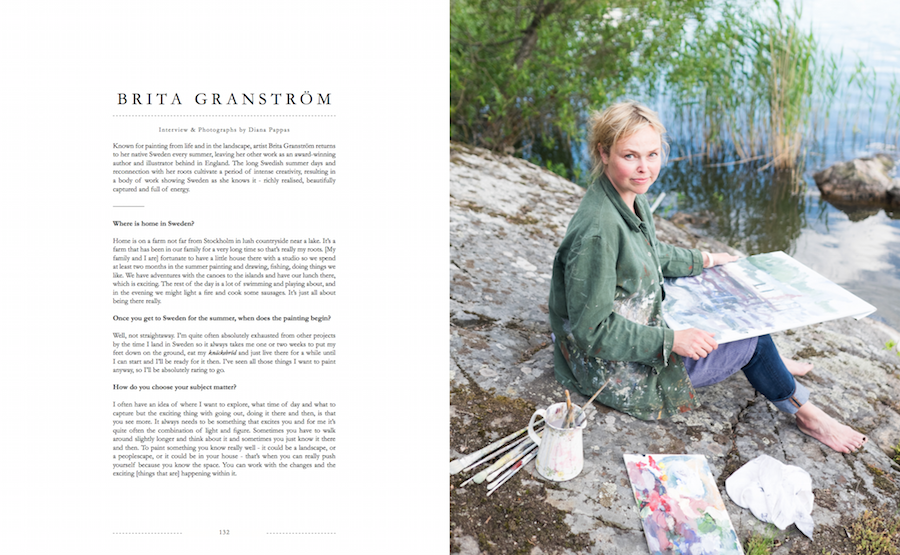
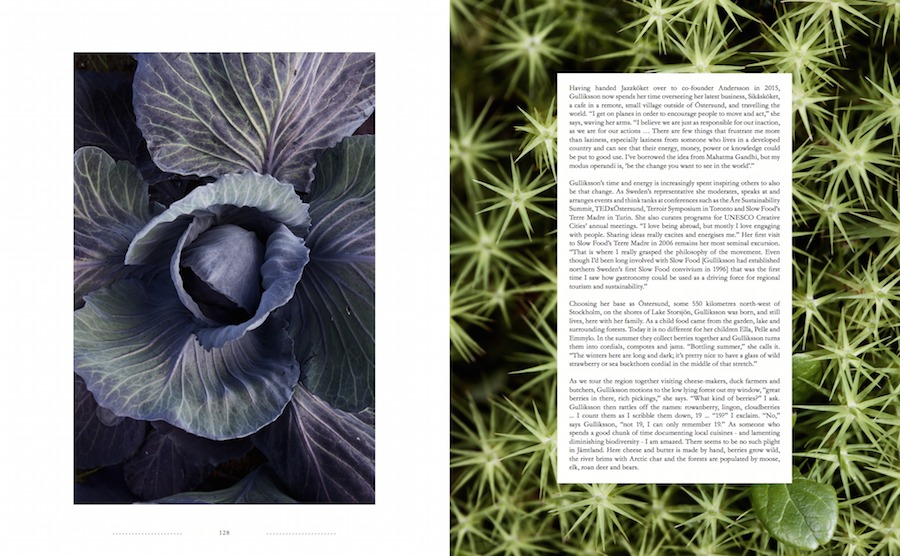
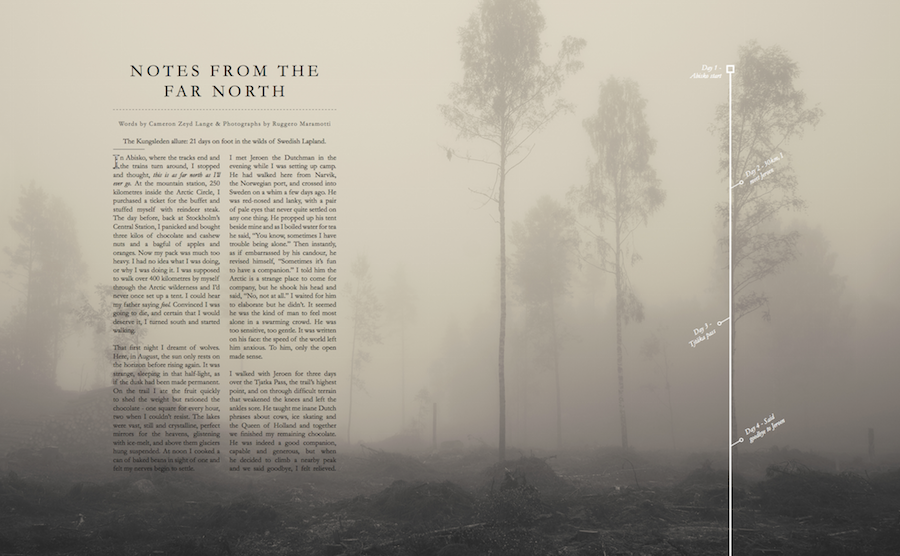
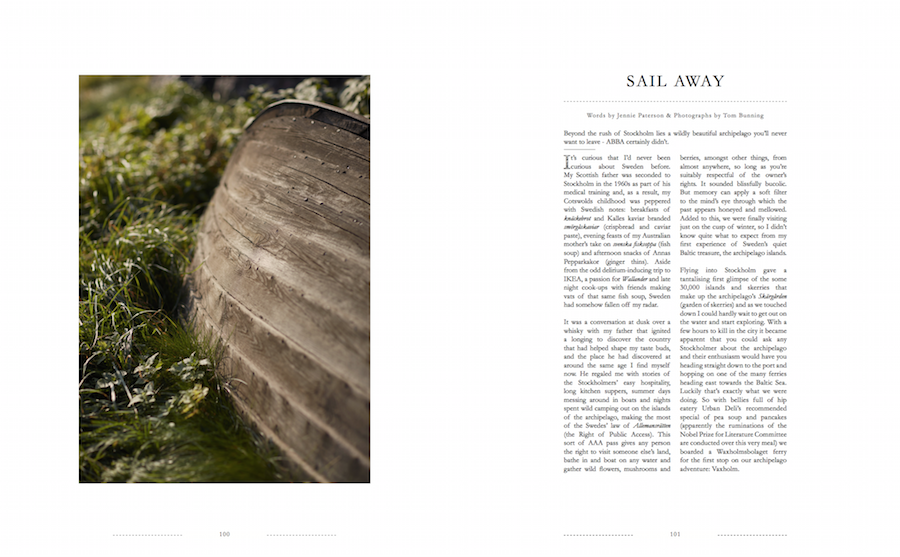

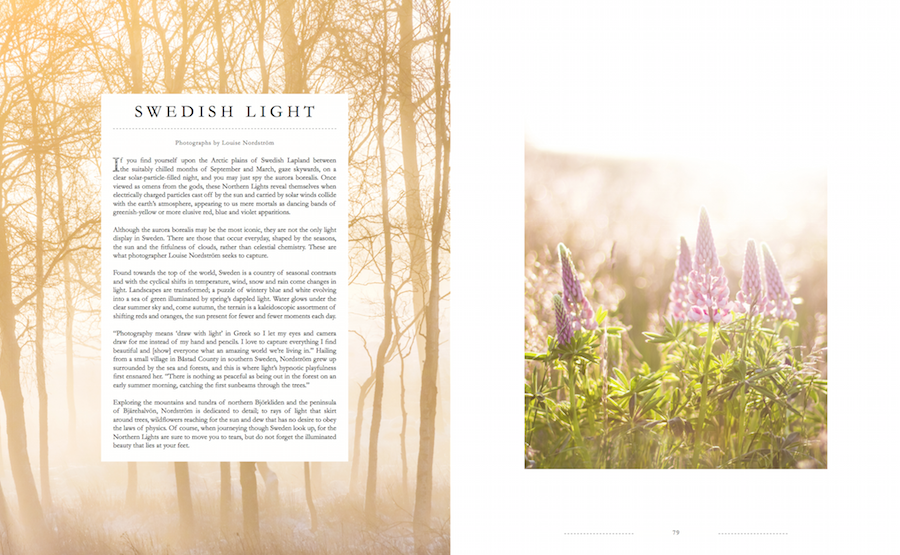
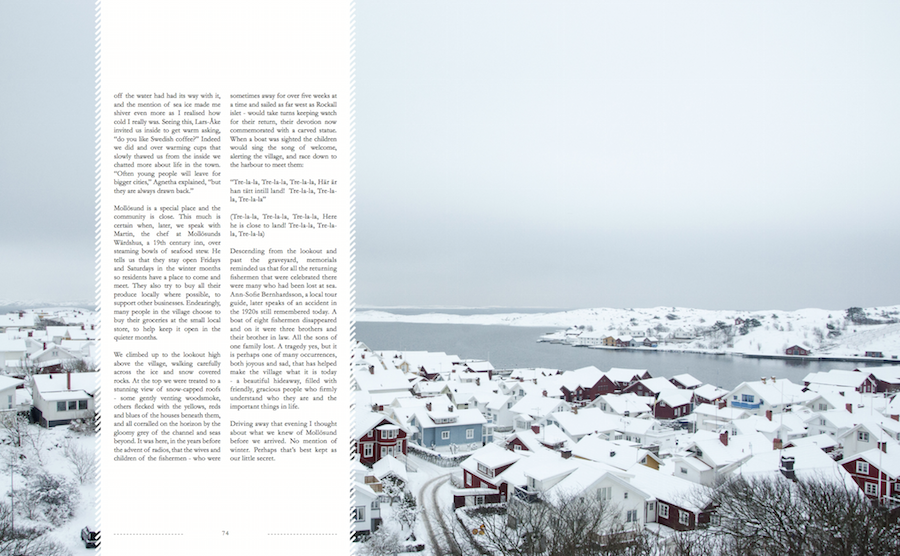
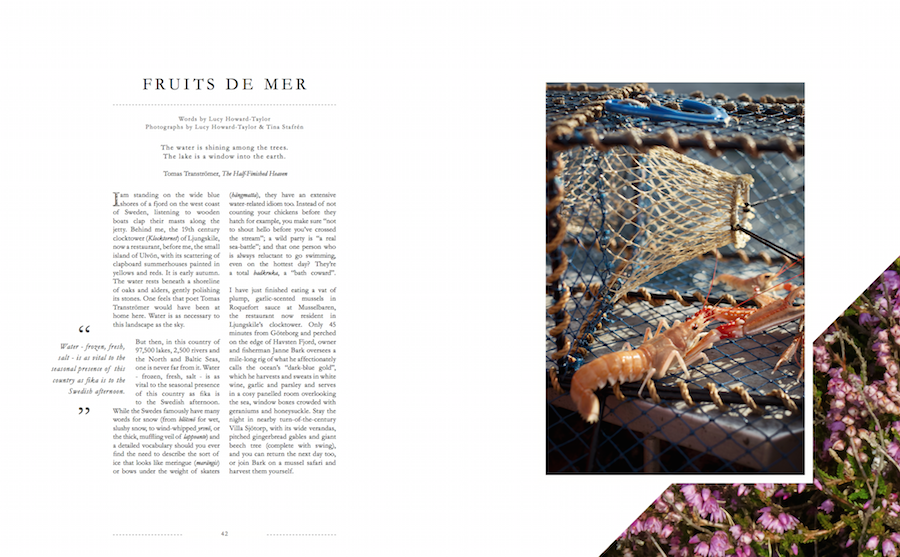
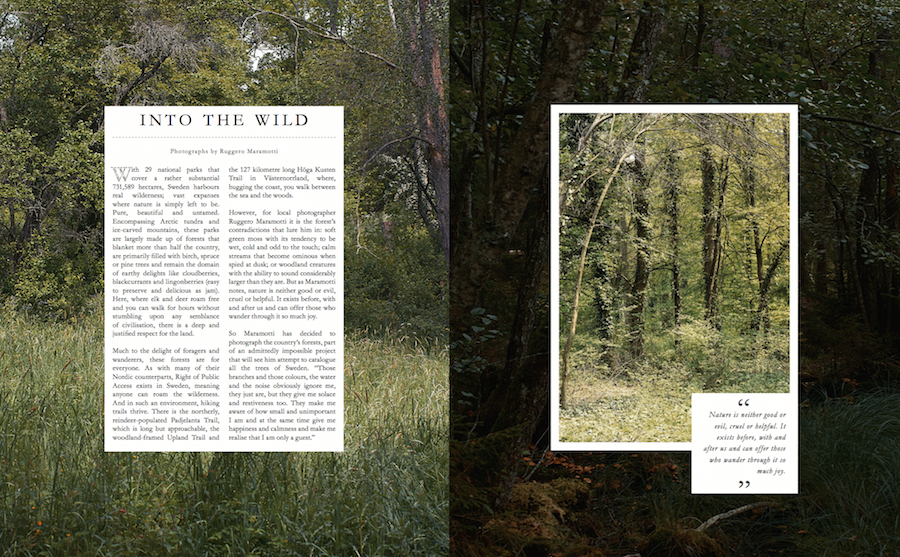
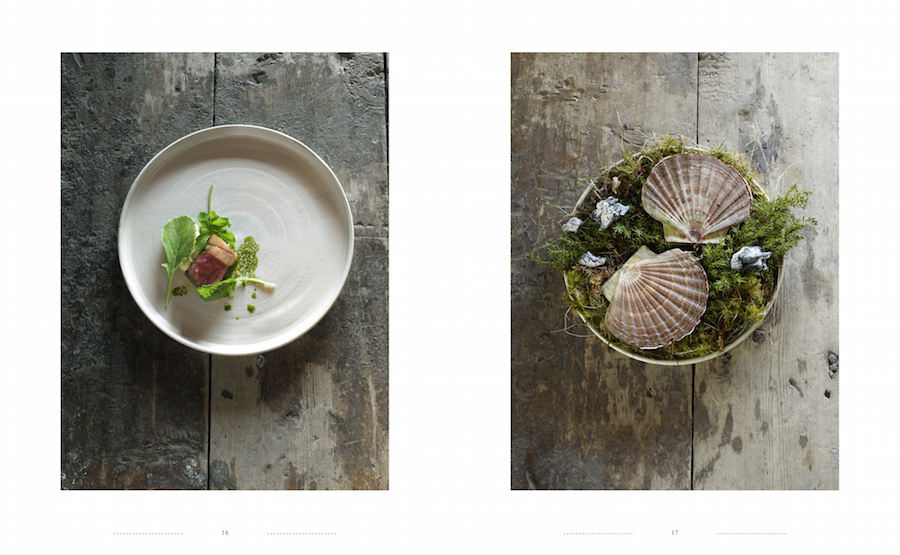
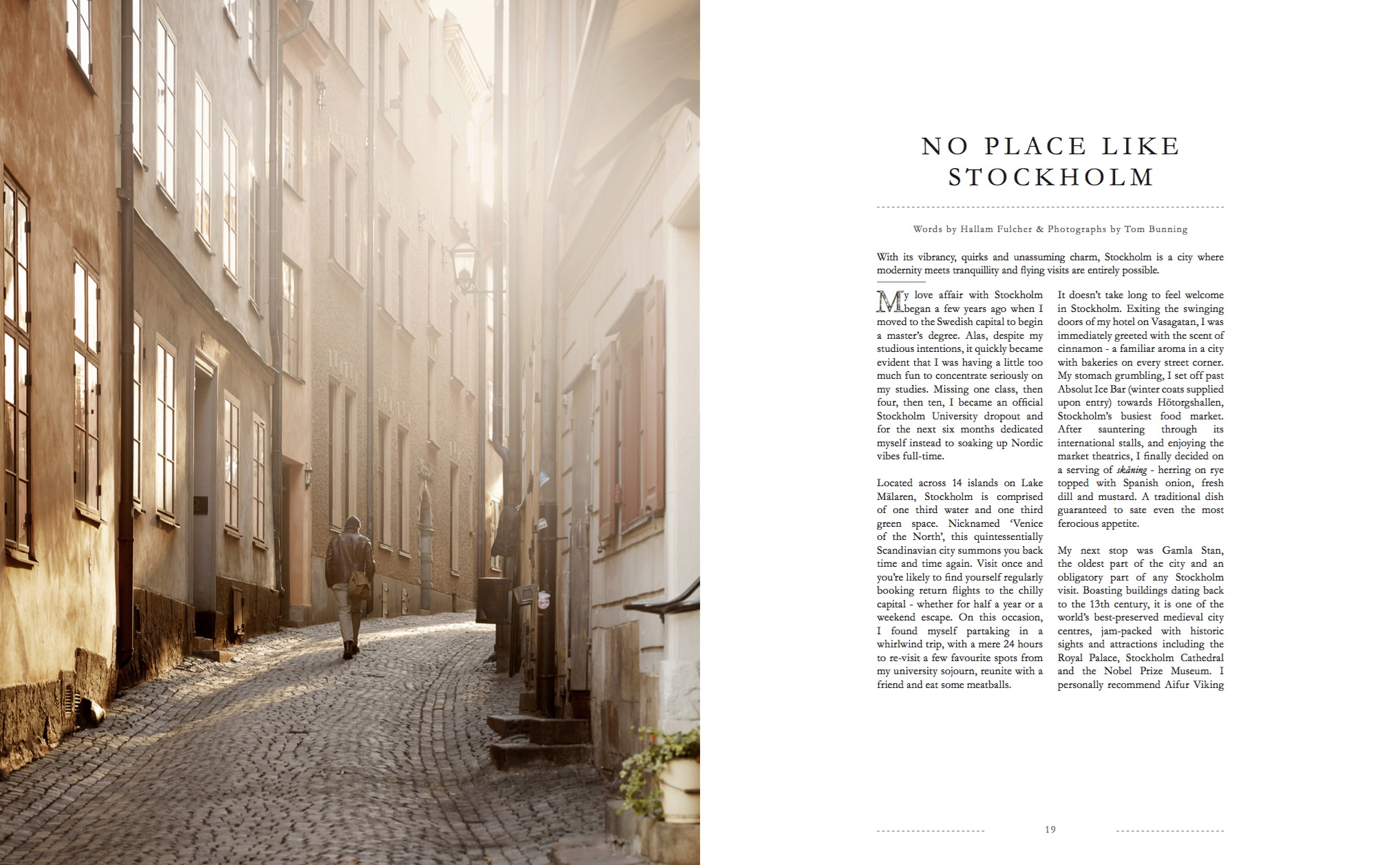
Louise Nordström Pettersson
We had a chat with our issue 5 cover photographer Louise Nordström Pettersson about Sweden, light and the joys of spying the first buds of spring. You can see more of Louise's work on her Instagram page.
Why do you love taking photographs and when did you start?
I’ve always been creative and I loved to paint and draw when I was younger. But at the age of 14 I got my first camera and fell in love with photography. Photography means ”draw with light” in greek so I guess I let my eyes and camera draw for me instead of my hand and pencils. I just love to capture everything I find beautiful and show everyone what an amazing world we’re living in!
What do you enjoy taking photographs of in particular?
Nature. I grew up with the sea and forest just minutes away from my home and I think the nature is so amazing and beautiful. Especially sunrises, there is nothing as peaceful as being out in the forest an early summer morning, catching the first sunbeams through the trees with the camera in my hand.
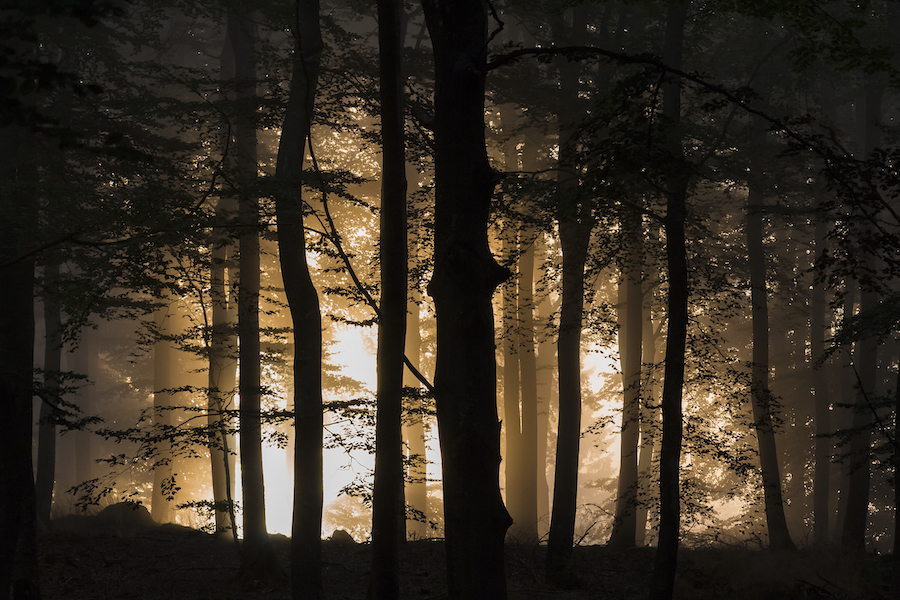
Where are you from in Sweden?
I’m from a small village in Båstad county in the southern part of Sweden.
The subject of your photo essay in the new magazine is Swedish light - what makes the light in Sweden so special?
I think it’s special because the light is so different from season to season. It’s most extreme in the northern parts of Sweden where the sun never sets during summer and never rises during winter. And when the sun never rises we have the Northern Lights or aurora borealis which light up the skies instead. I love the variations and differences between the light of all seasons.
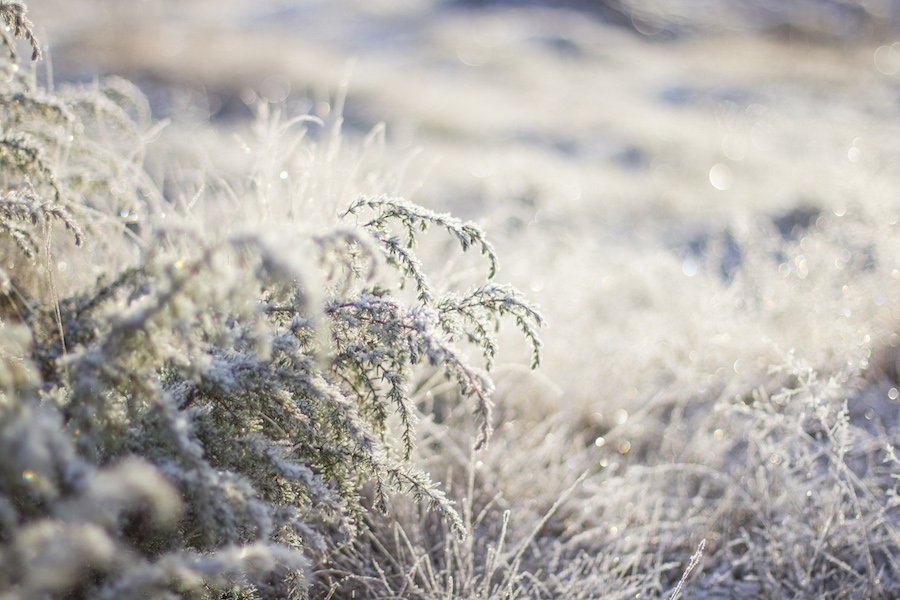
Do you have a favourite season?
I think summer is my favourite season, because it has the most beautiful sunrises and everything in nature is blooming. Everything feel so alive. Although, every spring, autumn and winter I think to myself ”this is my favourite season!” haha... Every season has its charm.
Do you have a favourite part of Sweden?
I fell completely in love with Björkliden in northern Sweden when I went there for the first time 7 years ago. The mountains, tundra and views are stunning and took my breath away. It’s just as beautiful in the summer as in the winter. But I will always love the peninsula, Bjärehalvön, in southern Sweden where I live and grew up. There is something special about this place and it’s where I shoot most of my photographs.
You've photographed quite a few flowers, what is it about them that you like so much?
I’ve always liked flowers, they are beautiful and they come in so many different shapes and colours. And when the first flowers bloom in the spring, you know it’s really spring. And when the meadows are full of all sorts of flowers, you know it’s summer. Flowers just bring so much happiness to me.
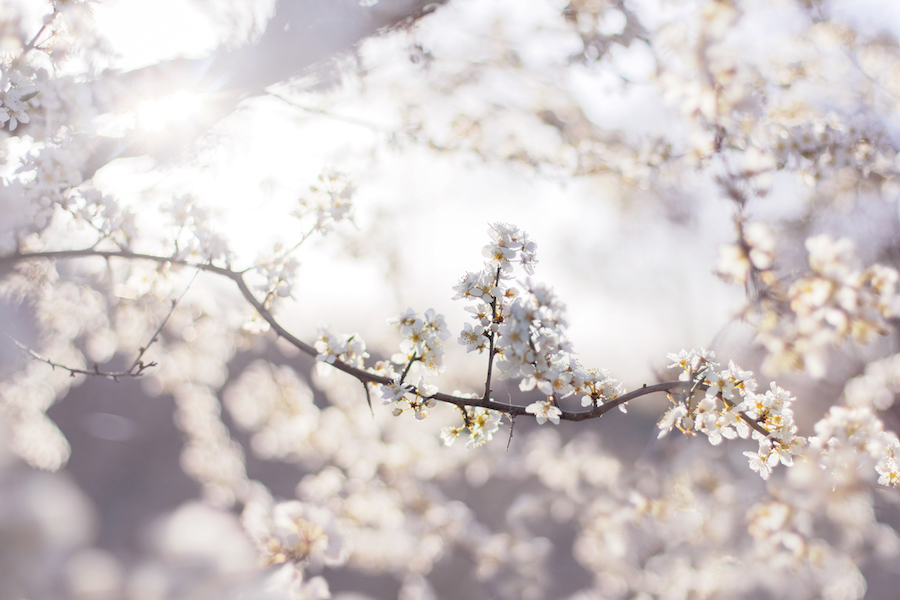
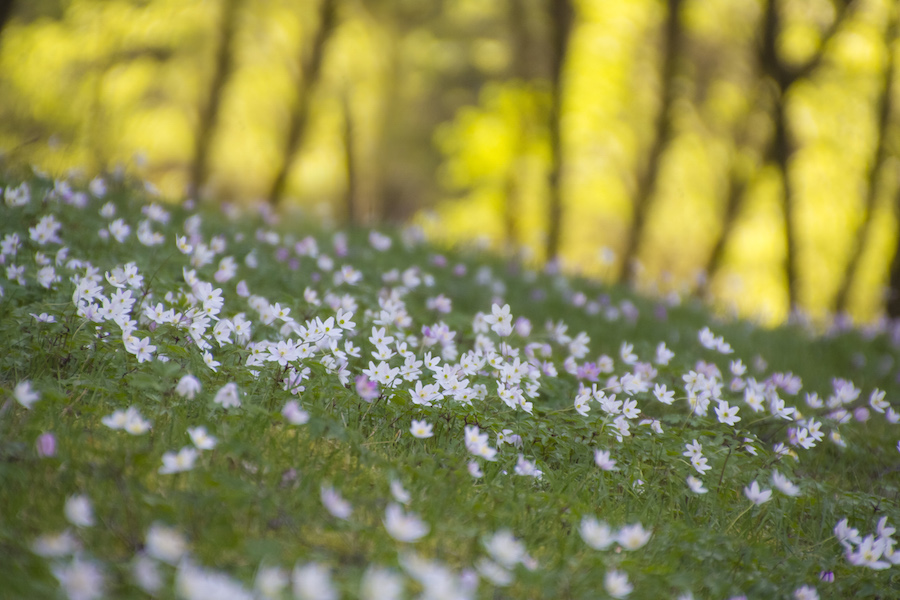
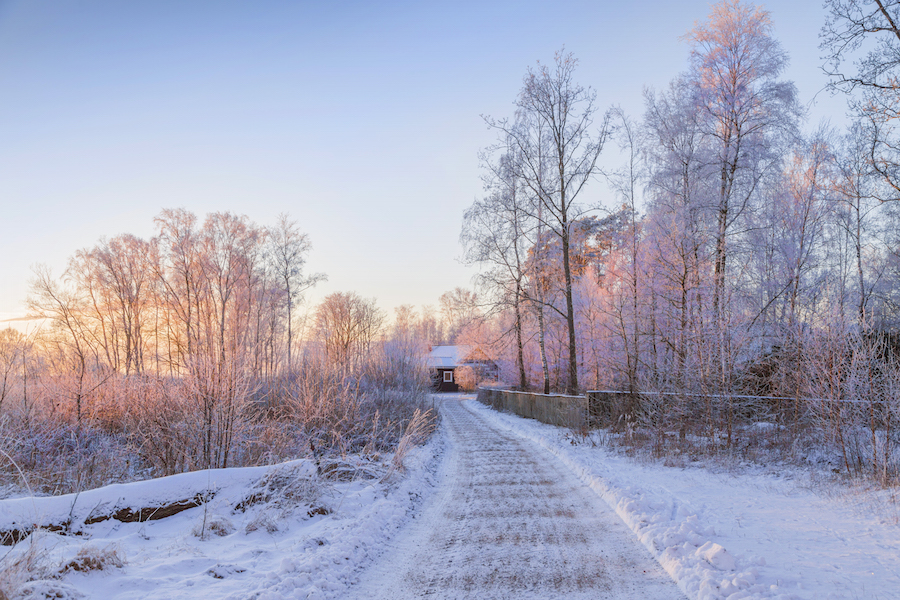

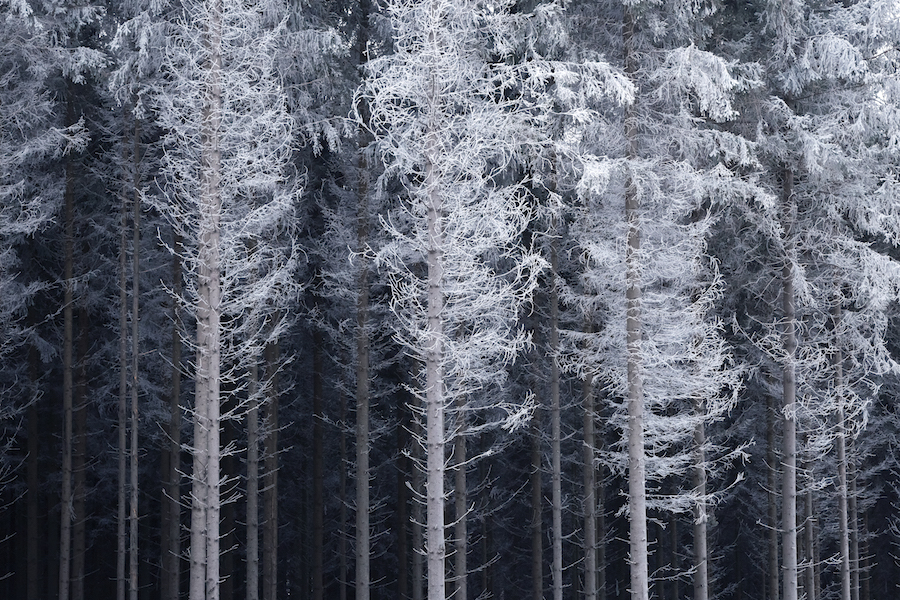
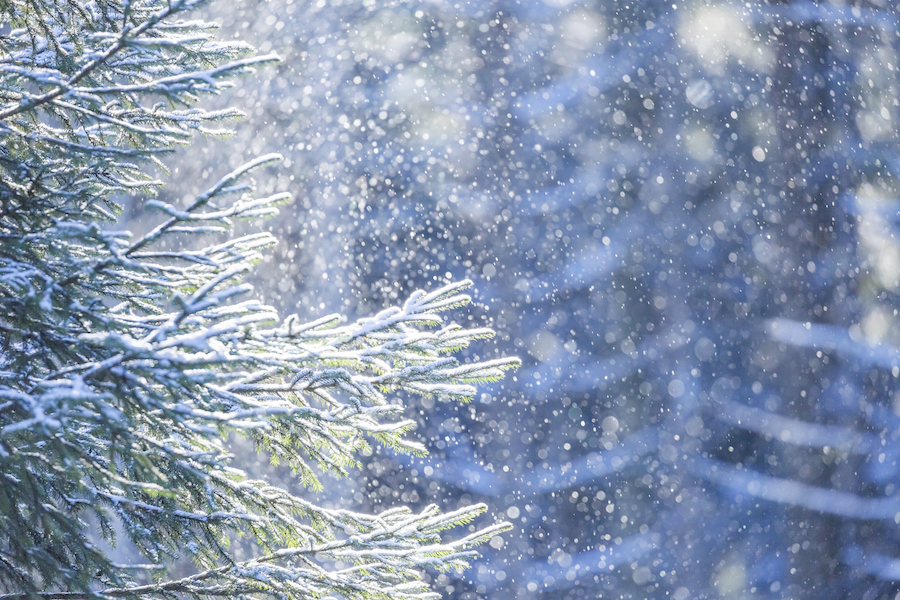
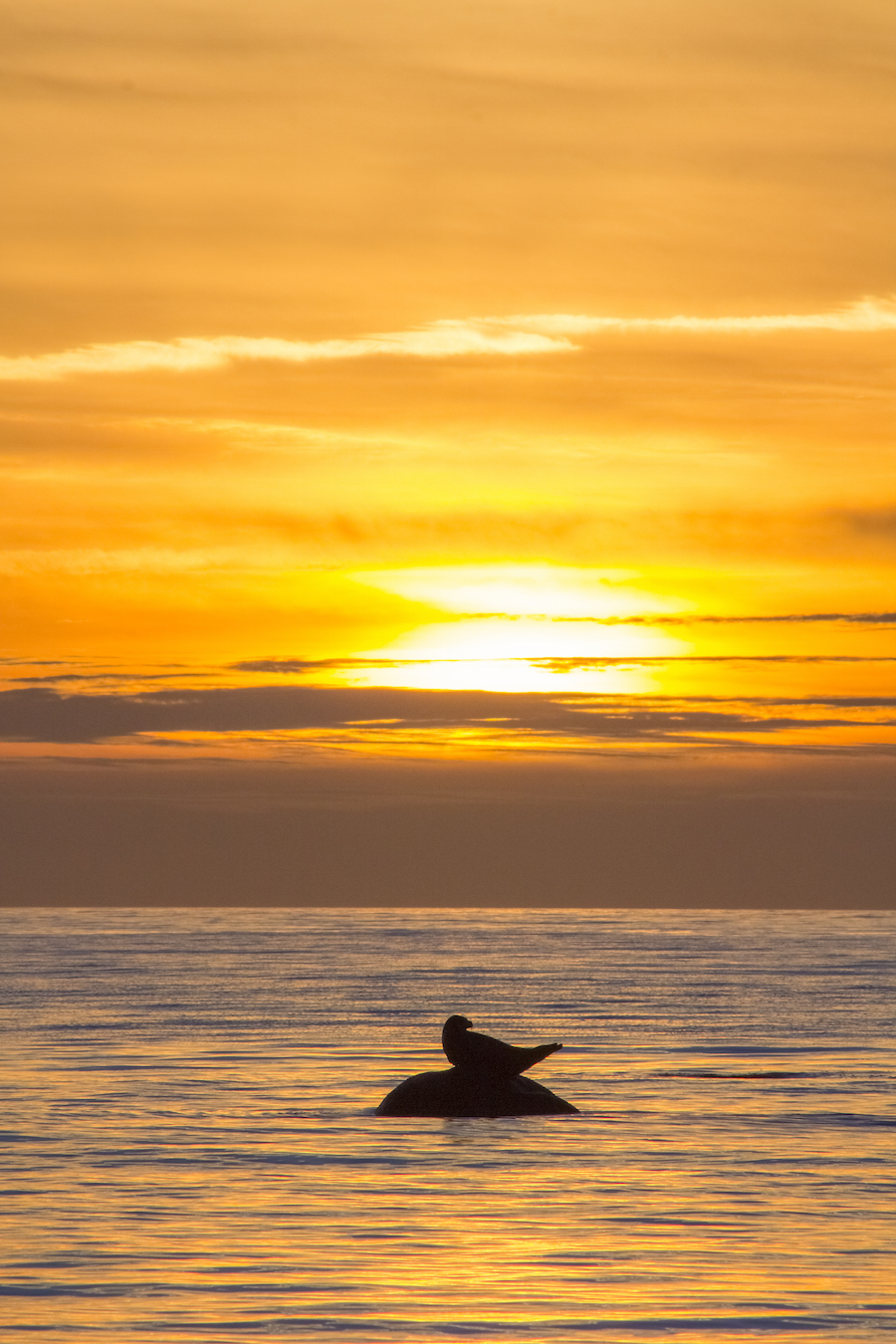
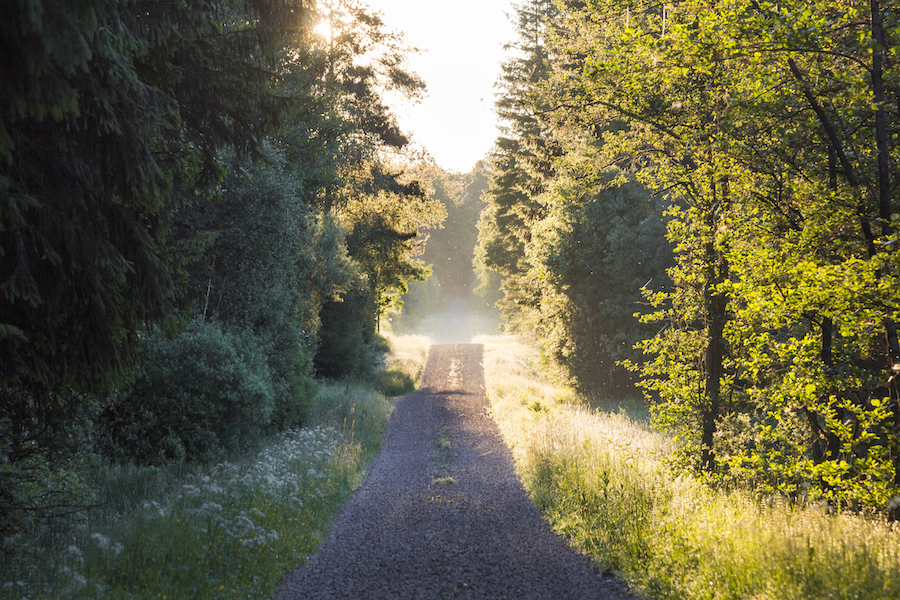

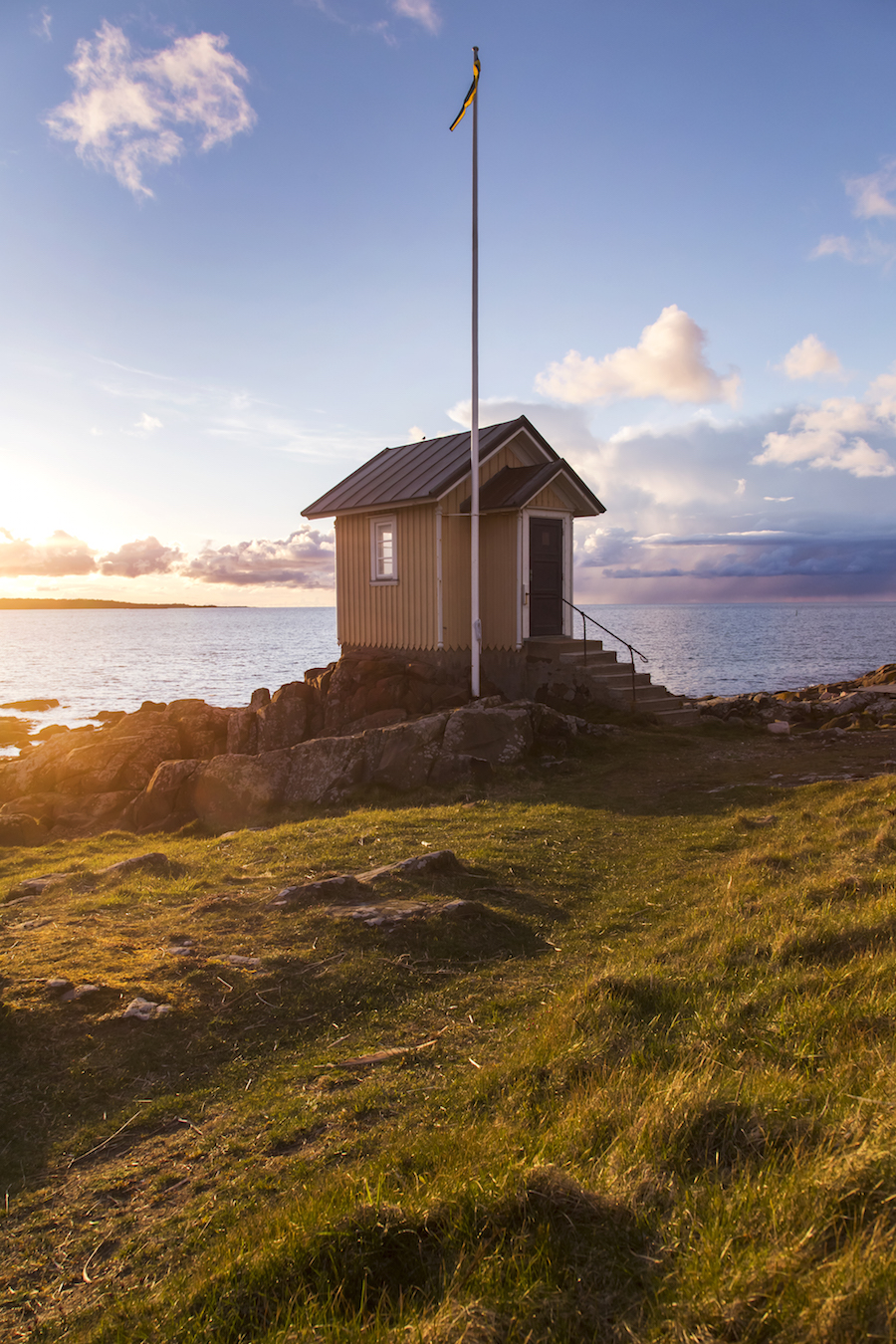
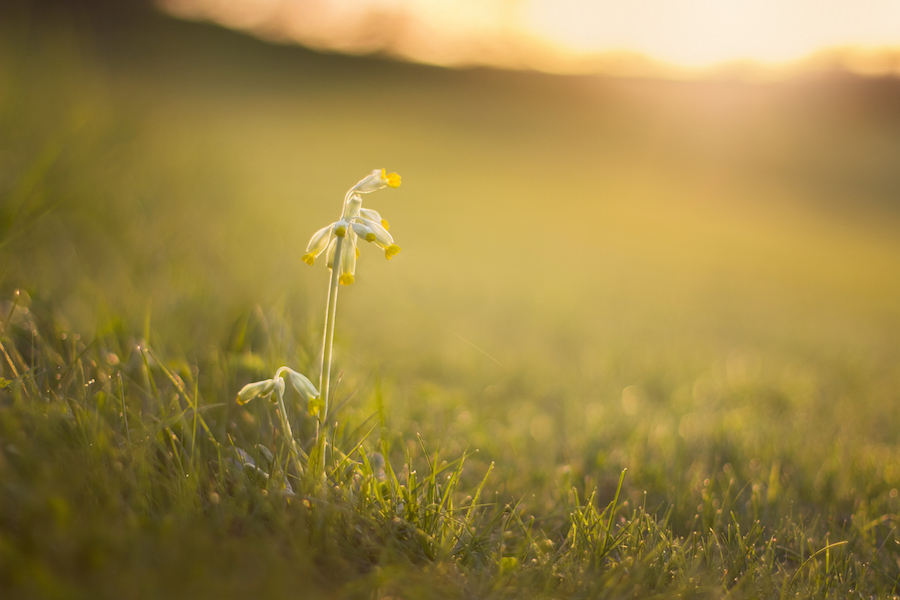
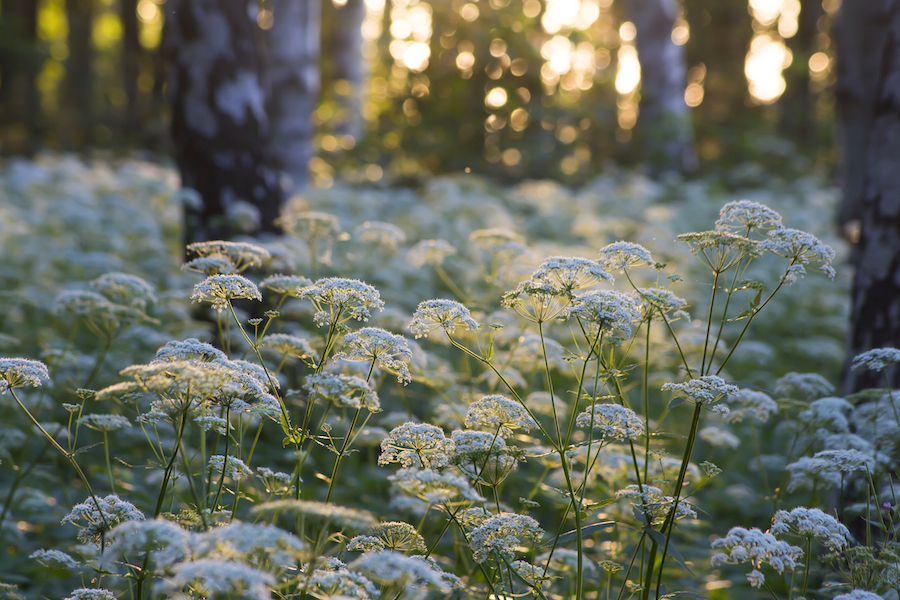
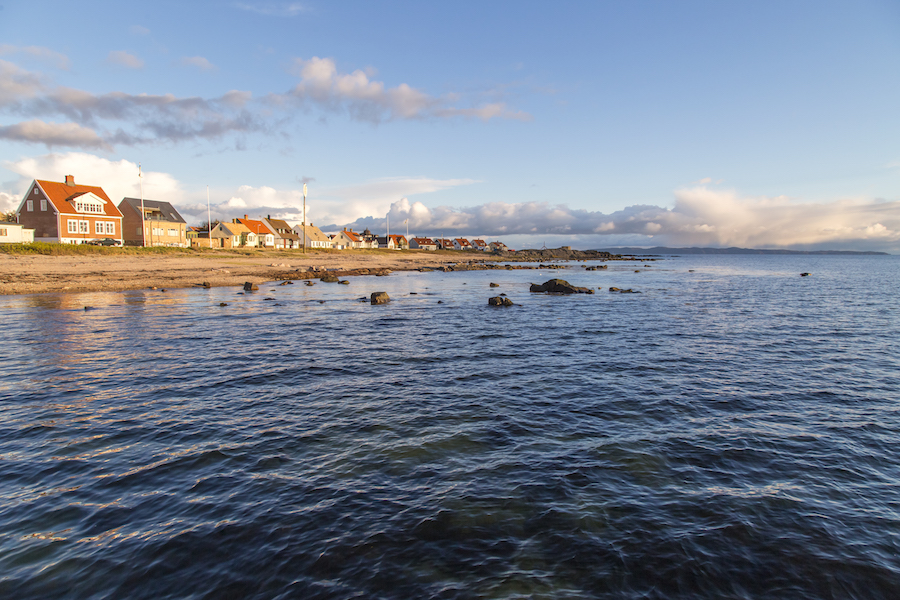
Piedmonte, Italy
Here's a little piece we put together for Need Supply Co all about the wonders of undiscovered Italy. . . .
Here's a little piece we put together for Need Supply Co all about the wonders of undiscovered Italy. From the waterways of Venice to the ruins of Rome, Italy is brilliantly iconic. Synonymous with food, style and history, this boot-shaped country is immediately recognisable. Thankfully though, some north-eastern Italian corners, while brimming with wineries, mountains and 17th century castles, still remain relatively undiscovered – just as they should be.
Framed by France and Switzerland, Piedmonte is where the Milanese escape for the weekend and English is infrequently uttered. Tradition and wilderness thrive, but what sets this region apart is its diversity. In the southwest, lost in the smaller town surrounding Alba, it’s easy to believe you’re in Central Italy. Grape vines hug undulating slopes while farmhouses, villas and tolling church towers dot the hills. Yet around Cuneo the landscape becomes more dramatic. There is the promise of snow and peaks seem to rise is every direction – Mont Blanc, after all, isn’t that far away.
Piedmonte’s variety is best explored by getting amongst it, by cycling or hiking past the vineyards of Lower Langhe or through the Bavarian-esque forests (frequently dotted with farms and cheese makers) of Upper Langhe. By feeling every heart beat as you push yourself higher and higher towards alpine Ferrere. In sight of the French border, Ferrere – a petite town that essentially closes in winter – was once a mighty smuggling hub, although when viewed bathed in the summer sun it seems nothing but quaint. Explore this outdoor wonderland at the start of the season and you can break your journey up by picking cherries form the trees, replaced with peaches and figs as the cooler month set in.
Replenishing your exhilarated body with fine wine and Italian fare is essential. The wineries of Piedmonte may be considered small (some only span a few acres), yet they’re often family run and thus brim with passion and flavour. A Barolo here will change your life. Interestingly, Piemonte also has one of Italy’s highest concentrations of Michelin starred restaurants (Guido Ristorante within Villa Contessa Rosa, a gift from Vitorrio Emanuel to his mistress, is particularly memorable) yet you can’t go wrong with a trattoria. Like the wineries they are intimate and welcoming, specialising in traditional recipes prepared with both love and respect. Pasta melts, cheese delights and the simplest flavours cause you to pause and savour. The homely fare at L’Aromatario in the medieval town of Neive, proves this point perfectly – as does Ristorante Osteria Della Pace. Suitably wined and dined, you’ll no doubt pause to consider your mountain, sun and adventure filled escape and be thankful, at least for now, that Piedmonte can remain your own little Italianate secret.
Antarctica
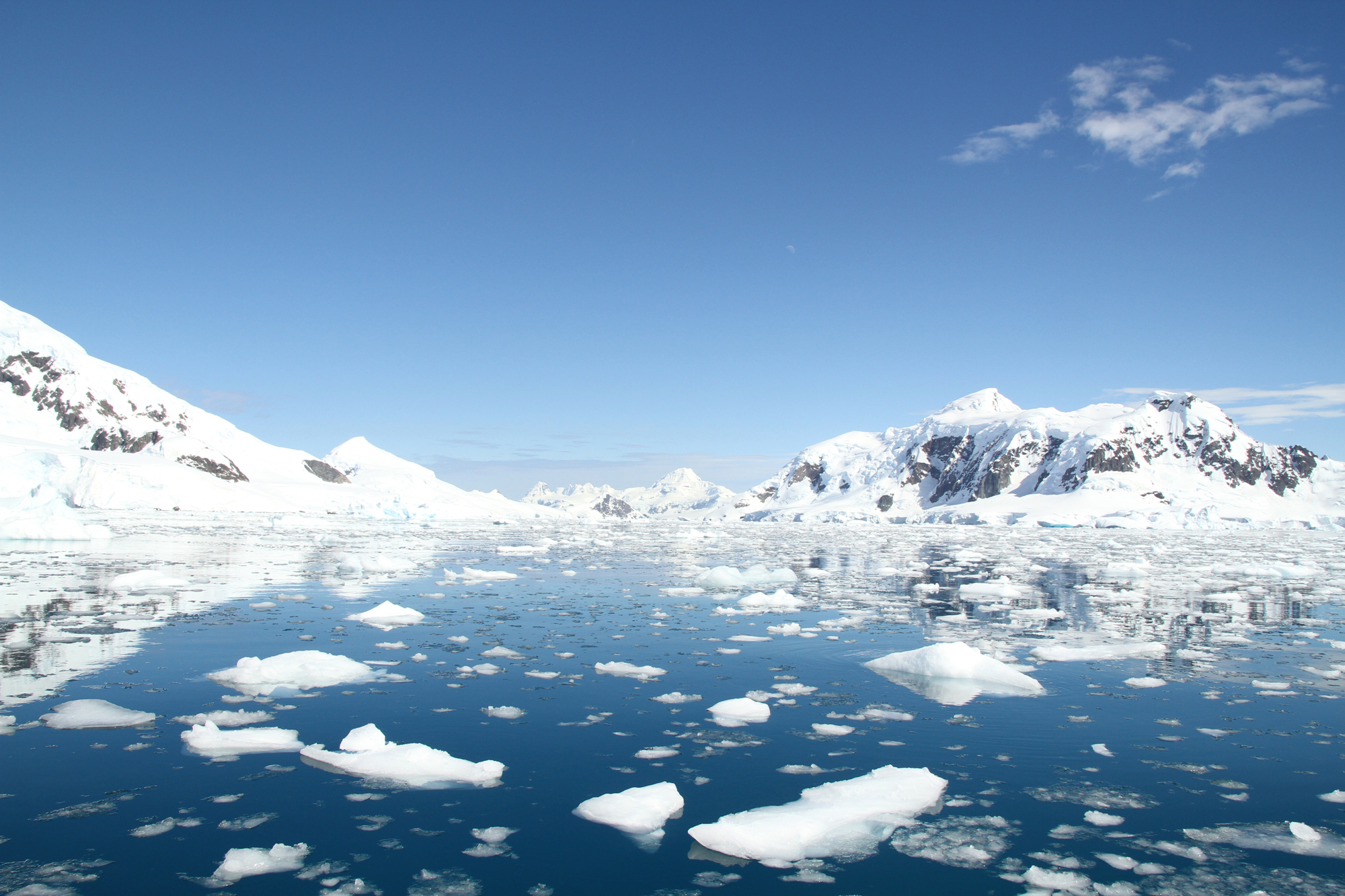 Written for the fab folks at Need Supply Co.
Written for the fab folks at Need Supply Co.
It took journeying to the end of the earth, and a little beyond, to understand what I adored about travel. Surrounded by ice prone to glowing the most improbable shade of blue, penguins with a taste for wellingtons and whales who treated the waters of this snow-covered wonderland as their own private playground, it dawned on me; travel reminds us that, when removed from the reality of the everyday, we are part of something so much bigger. A natural landscape that dwarfs us, not only physically (it’s impossible to even consider notions of ‘big’ and ‘tall’ as you watch a glacier crumble into sea at Mikkelsen Harbour, a surge of water rising away from the point of impact) but mentally. All those worries, stresses and uncertainly, they mean nothing when you spy a landscape such as this.
Perhaps that’s what has always drawn the adventurous to Antarctica. Roald Amundsen and his epic adventure to the South Pole, the noble Scott, and Shackleton who had daring flowing through in his veins. Antarctica’s magic and power has not dissipated. Locations read like otherworldly realms Paradise Bay, Deception Island, Neptune’s Bellows and Elephant Point—calling now not only to the intrepid, but the fantastical too.
What has remained with me all these years later is not the immensity of Lemaire Channel (or Kodak Alley to those more film-inclined), a place where bergs are golden and the sea a mirror, but Pleneau Island — an iceberg graveyard. Here statuesque forms rise from the grey waters (some places just look better in stormy weather), assuming improbable shapes as they’re ravaged by the elements. Having travelled the oceans they arrive here to find there is nowhere left for them to venture. There are other sights too—the National Geographic Explorer making its solitary journey across the expanse or Brown Station, which is red despite the name and reveals how harrowing this great southern continent can be; the last Argentinian scientist who manned it opted to burn the building down rather then face yet another solitary year on the ice.
This is the land of penguins—be they Adelies, who compensate for their lack of grace with sheer determination building ‘penguin highways’ through the snow, Gentoos who have a penchant for stolen pebbles and the most curious of all, the stout Chinstraps. A place where the sun either refuses to set or rise and the sound of breaching whales is carried on the breeze. You feel small, but not insignificant, just acutely aware that this nirvana, this fickle friend, is always there, waiting to remind you of your place in the world.
Lodestars Anthology - Italy
 With our Italy issue set to arrive back from the printers next week, we thought it would be grand to a) give you a little sneak peak of what lies within the magazine and b) let you know where copies can be ordered.
With our Italy issue set to arrive back from the printers next week, we thought it would be grand to a) give you a little sneak peak of what lies within the magazine and b) let you know where copies can be ordered.
For UK, EU and US shoppers (and for Australian's who are reluctant to wait an extra two months) you can order copies from:
For more patient Aussies and New Zealanders there is the subscription service offered by
Just click on the above names and you shall be taken straight to the relevant site.
Of course if you have any questions or are after back issues don't hesitate to get in touch be emailing info@lodestarsanthology.co.uk and we'll lend a helping hand.
Simon Bray
 While travelling upon Lake Garda for the Italy issue of Lodestars Anthology (out later this month) we first noticed the photographs of Simon Bray, who just so happened to be snapping the same subject as us. Drawn to his beautiful use of light, and ability to make this perfectly popular corner of Italy seem amazingly calm, we had to ask a few questions about his work ... and Italy of course.
While travelling upon Lake Garda for the Italy issue of Lodestars Anthology (out later this month) we first noticed the photographs of Simon Bray, who just so happened to be snapping the same subject as us. Drawn to his beautiful use of light, and ability to make this perfectly popular corner of Italy seem amazingly calm, we had to ask a few questions about his work ... and Italy of course.
What do you love about photography?
I have a desire to create images and often I won’t be able to rest until I’ve taken them, so in that sense, each image serves it’s purpose in feeding that personal need; it’s a scratch that needs to be itched, very therapeutic. At the same time, I know that each image holds a varying level of potential. I love that an image can evoke something in a person, a response or an emotion, that will be so vastly different to what I, as the photographer, see, or what anybody else might see in it. We’re all made up of a combination of our own history, cultural influences, our social upbringing, the places that we’ve been and the people that we’ve met. That can mean that an image that I’ve taken may mean absolutely nothing to you, but there might be one image, for reasons known or unknown, that you connect with, that sparks something, a thought or memory, or that you just enjoy visually because of the colours, tones, composition or subject matter. Each image has that potential power.
I’ve also been thinking about imagery and timescales recently. Photography is a long game. I’ll often think about the fact that the images I take may well outlast me, and that as much value as there is in viewing them now, I hope that the generations that supersede me will find them interesting in many years to come.
Can you remember the first photograph you took?
Not as such, although the first time I got really excited about an image was a photograph I took of a hummingbird hawk-moth in the French Alps on holiday. I was probably in my early teens and using my first 35mm film camera. Getting the film developed and looking at the print, and seeing that I’d somehow managed to capture it’s motion and movement felt quite incredible.
What inspires your work?
I’d like to say that each location I work in acts as the pure influence for the images I create, but I know that’s not totally true. I’ll certainly feed off the elements before me, but there are so many subconscious factors behind the decisions I make, if I’ve seen a similar image before I’ll need to decide whether I want to embrace that and create it for myself, or try something different. I suppose everything I read about photography, and all the images that I take in will influence my sense of how to portray subject matter in both potentially helpful or unhelpful ways. To a greater extent, it’s the light that will inspire me. I won’t often stop to make a landscape picture except for the fact that the light is particularly interesting, and my discernment for that is certainly something that has developed over the past couple of years and something I’m trying to encourage.
How would you define your style?
One of the most significant factors is space. Living in a city, I’m constantly yearning for greater physical space, so once I’m somewhere that I feel that greater sense of freedom, I can’t help but let that come through in the images, which often manifests itself in the form of negative space using sky or water. I was discussing this recently with a friend, how I won’t be proactively making decisions about an image as I take it. Previously, I will have taken a lot more time to consider the image I want before I shoot it, perhaps for technical reasons, or just slow decision making, but now it seems to come far more naturally and I’ll work quite quickly. I think that’s how my personal style will be encouraged, simply through the practice of taking images, although I still feel I need to slow everything down a bit! I’m trying to develop my understanding of how to create more concise images that dig deeper, to avoid simple surface level imagery and I’m sure taking more time to consider each image will aid that.
Does travel influence your work in any way?
Absolutely. I live in central Manchester, which really doesn’t provide much to feed my desire to create landscape images, so it’s almost a necessity for me to travel. I really savour the opportunity to explore a new location with my camera. There’s an excitement that comes with visiting a certain place in a certain season and capturing it in it’s current state, knowing that other photographers will visit later in the day, week, month or years later and see it in a completely different way. Landscapes evolve and the light makes all the difference. I’m not usually able to return on multiple occasions, but in many ways it’s a privilege to preserve a place on any given day through my images, it forces me to work with the environment I’m in and create in the moment, avoiding any preconceptions of what I’d like to create, which can be distracting.
What makes Italy such an interesting subject?
It’s a popular holiday destination for a reason! The combination of the the incredible food, weather and variety of scenery make it such a special place for me. The area surrounding Lake Garda is an alpine wonderland. Exploring the mountains and lakes was such a privilege, so many breathtaking views, and even though it was warm, everything was washed in this amazing blue light, probably the moisture in the air, it made for some stunning scenes to photograph. I’d recommend visiting in the off seasons in order to appreciate the true sense of space without the crowds of tourists, because there are some stunning small towns and villages, where I could just sit and watch the world go by for days with a glass of wine and some fresh pasta!
Has there been a particularly memorable project either past or present?
I’m currently working on my first long-term project, a collaboration with a Manchester based artist called Tom Musgrove. We’re visiting a selection of the most stunning locations across the UK, and each creating a piece for each location, which we’ll be exhibiting side-by-side at a show in the autumn. It’s taken nearly 2 years already, and it’s been great to visit stunning places that are only a few hours away. Our most recent trip to Glen Coe in Scotland was just incredible, the scenery, the light, the people we met, the conversations it sparked, the whole experience was very memorable. I also get to watch my work evolve, which is very important, but the most influential element has been the development of my relationship with Tom, the opportunity to discuss the discourse of our work, our varying methods and explore the motivations behind each piece we create. Tom takes his time on each trip to sketch, which has really forced me to slow down and appreciate the changing elements and light within the landscape.
What is your dream subject?
I don’t know if I have one at the moment, maybe that will develop over time. For now, any scenic location that I have the chance to explore with my camera in my own time would be a dream come true! Every commission I receive or project that I set out to do furthers my work, it’s a fresh challenge that I want to fully embrace. I still feel like I’m defining my practice and as a result, my style or imagery, maybe one day that will feel more concrete, or maybe I’ll just keep trying new things!
A selection of Simon's landscape work is up at www.simonbray.co.uk and can also be spired on Instagram.
The Chaos Older Still
to Rome, la città aperta
The light here is ancient, the chaos older still— buzzing across the Appian Way, but one of the every that lead to the city eternal, suspended, you can hear her muffled roars, traces of a hungry mouth with frazzled mane a cracked throat craving aqueducts defunct, now long dry and thistle crowned. What could appear as more bereft than landscapes of rubble, marble stripped and sun burnt, awaiting still another ravaging? Yet therein is her secret held: there remains in these fabled ruins, bequeathed to us as though our coming had been foretold, a quivering palpable beneath the footfalls of our approach waiting to be given voice and body— for a city is never completed, only inherited.
Poem by David Warren Grunner and Photographs by Nic Rue.
Tom Bunning
 We met Tom Bunning in a coffee shop in South London where he greeted us with coffee and a portfolio. Understandably, we fell instantly in love with his photographed world, made up of etherial landscapes that play with light and scale and intimate portraits that capture the sitter's soul in the most artful way possible. We just had to chat to him about what makes his work so easy to get completely lost within.
We met Tom Bunning in a coffee shop in South London where he greeted us with coffee and a portfolio. Understandably, we fell instantly in love with his photographed world, made up of etherial landscapes that play with light and scale and intimate portraits that capture the sitter's soul in the most artful way possible. We just had to chat to him about what makes his work so easy to get completely lost within.
What do you love about photography?
Where to start. I think I love a photo’s ability to transport the viewer: be it back to a special memory; forward to a place they’d love to visit, or to give a glimpse into a person’s mind. But in less romantic terms, I’m basically a lazy painter. If I found that wielding a paintbrush gave me as much immediate pleasure as taking a photo does I’d probably be trying to do that now, probably rather badly. For me the greatest pleasure right now is to be able to earn a living doing something that I love. Fingers crossed that continues. I also really enjoy seeing other photographers’ work. I feel part of a community of like-minded souls, all of us trying to create something meaningful or beautiful or interesting, using photography to try to make sense of our world.
Can you remember the first photograph you took?
I don’t think I can remember the first photo I took, but I can definitely remember an early view that inspired me to take pictures. I grew up in a very small village in Suffolk, our home was surrounded by fields and the view from my bedroom window was of a giant oak tree set in the centre of a field. All year round I’d watch the colours of the landscape change and in the summer the old proud oak would stand tall in the centre of a bright yellow square of rapeseed flowers, the small window providing a perfectly framed photograph in my mind’s eye.
What inspires your work?
My inspirations have changed over the years I’ve been growing - both as a photographer and as a person. When I seriously started trying to take pictures for a living I was working at Abbey Road Music Studios (it sounds glamorous but I was mostly in a dark room QCing music videos!) so my early work was definitely inspired by rock and roll. I had several great years of shooting live gigs, taking portraits of musicians and touring with bands, interspersed with fashion work, which I think went hand-in-hand quite naturally. In recent years I think I’ve become earthier, more inspired by the natural world if you like, and I think this change in personal perspective has affected what I’m inspired to shoot professionally. One of my current projects is entitled Crafted and is a series of photos documenting and celebrating those in Britain who make the small, the hand-crafted and the individual. I’ve always been interested in England’s landscape and heritage and I suppose Crafted is an extension of this interest, focusing in closer on the personal aspect of our environment. On the flip-side, as my commercial work increasingly takes me further around the world, I’ve been enjoying capturing foreign landscapes.
How would you define your style?
I’m still developing as a photographer and my style will continue to change over the years but I like to think it’s honest, clean and simple. I don’t like to over-process or over-edit my shots and I always try to get what’s on the back of the camera as close to how I want it before it gets to the editing stage. Of course some clients know exactly what they’re after in terms of a feel or look of a shot and when that’s the case I think you have to find the balance between your personal style and their needs - always a challenge but a fantastic one. I recently had a great meeting with an agency and they described my work as having a ‘very gentle approach’ which was a lovely thing to hear.
Does travel influence your work in any way?
As I touched on above, it has done much more so recently. My commercial work over the last year or so has taken me around the world to all sorts of incredible places, from Seoul to Islay, from Vietnam to New York, Kuala Lumpur to LA, among others - although I should say that amidst all this excitement I’ve had many shoots in dirty parts of London to keep my feet on the ground! I think the thing about travelling for me is that as a full-time Londoner, living and working in the fast lane, being away gives me an opportunity to expand my view of the world and gives me time to see things I probably miss at home. Something that seems very ordinary to locals can look extraordinary through a foreigner’s eyes.
Has there been a particularly memorable project either past or present?
I would have to say my ‘Death Valley’ series from earlier this year, wonderfully displayed here by your good selves! One of my current gigs is working with David Beckham and his team for Haig Club Whisky which has been an absolute pleasure. In the grey depths of January I flew to the sunshine state for a promotional shoot for Haig. The shoot was only for the day but it would have been rude not to make the most of it so my assistant Danny and I stayed out there for a week, hired a car and took a road-trip from LA to Vegas via Death Valley where I spent several days shooting a series of landscapes. An absolute dream trip. The colours and expanse of the landscape out there were so rich and photogenic and I’m really pleased with the results.
What is your dream subject?
That’s a tricky one. In terms of humans I love photographing interesting faces, be they young, old or in-between. I’d love to turn my lens on someone like John Hurt or Morgan Freeman but equally so on a sheep-farmer or a dress-maker. Landscape-wise I have a real hankering to go to Iceland. I don’t have much experience of working with such a cold clear environment and, having recently invested in the new PhaseOne IQ250, I’d love to get out there with it and see what I can capture. My ultimate goal is to bring the two main aspects of my work closer together, working on location to take portraits of interesting subjects, set in interesting environments.
Where can we see more of your work?
I’ve recently had my new book made, by Cathy Robert at Delta Design who’s done a wonderful job, so I’m in the process of making appointments with agencies. Much of my recent work is showcased on my site at www.tombunning.com. I plan to exhibit the Crafted series next year in London so look out for that.
“You don't make a photograph just with a camera. You bring to the act of photography all the pictures you have seen, the books you have read, the music you have heard, the people you have loved.” ― Ansel Adams
Going to Print
Issue 3, all about wonderful Australia, has gone to press. We spent most of Friday getting in the way at the printers (the rather lovely Taylor Brothers in Bristol) and snapping paper and ink. The magazine is now available to pre-order here and we can't wait to share it with you.

Urban Jungle
“I love New York, even though it isn't mine, the way something has to be, a tree or a street or a house, something, anyway, that belongs to me because I belong to it.”― Truman Capote
In the UK the long weekend is rapidly approaching and with it the desire escape, the need to run away somewhere wild and alive and ever-changing. For three days at least. And on that front, there really can be no place better than New York. A thriving metropolis flourishing across the Atlantic, it calls to the brave and curious, those with a love of art, history, shopping and all that excites. Land of bagels, subways, Grand Central and the high line, you arrive in search of brownstone, cupcakes and Scorsese and leave with an appreciation of hot dogs and Bethesda. Here's to Big Apple dreaming (and the Brooklyn Bridge of course).
“One belongs to New York instantly, one belongs to it as much in five minutes as in five years.” ― Tom Wolfe
Saara Karppinen
The best thing about launching a travel magazine about place and people is that you cross paths with some immensely talented individuals with passions for paint, the unexpected and the world. London-based Saara Karppinen is one such person. We fell in love with her whimsical creations, all of which have a dream-like element and a distinct fondness for colour and material, meaning she was the perfect illustrator for our Scotland edition. We had a chat with the creative lass about her work, training and the joys of travel.
Can you tell us a little about your training and artistic background?
I studied illustration at Camberwell College of Arts, where I learnt that the most important thing is to enjoy your work, and to always keep experimenting. It seems like a simple lesson, but it can be easy to forget. During university I did a lot of printmaking, mostly stone lithography. Though I’m not working with these techniques at the moment, they helped me to learn a lot about colors, how to build texture, and most importantly, patience.
How would you define your style?
I think everyone has their own natural style, and there isn’t really a need to ‘name’ it as such. Of course there are influences, but what I mean is that I’d rather focus on doing the work then analyzing what I’m going to call it afterwards.
What inspires your work?
I listen to a lot of podcasts, like Lea Thau’s Strangers, which is basically people telling stories about their lives. I’m interested by stories about people, but in my work I like to focus on a single moment. When I work, I imagine I’m painting the scene from the middle of a story, where you won’t know the beginning or the end, but you can get a sense of an atmosphere. So often, I will invent a story to go along with what I’m painting.
What do you love about your job?
Sometimes I can watch Buffy in the background while I work.
5) There is a certain innocence to your work - is this intentional and where does this come from?
I would say this is intentionally unintentional. I paint by what I call ‘working backwards’, which is painting on acetate so that the final image is the reverse of what I am looking at when I paint. In a sense, I keep myself in the dark from the final image, so that there are qualities that I can’t control. Sometimes I paint really small so that when I blow up the image the proportions are slightly odd and you can see all the fine brushstrokes and scratches. I try and work in a way where I am constantly surprised and allow ‘accidents’ to happen. I want my work to feel playful and a bit dynamic, which I guess is a kind of innocence.
Does travel influence your work in any way?
I grew up in five different countries, so I think it would be hard to sort out the start of the influence of ‘travel’ in any tangible way, but I’m sure it’s there. I’m interested in the natural curiosity people have when they travel, that kind of gentle wondering around and appreciating everything in a different way than you would in your own neighborhood. I have a lot of paintings of people and dogs just wondering around, which I suppose captures a bit of this sense.
Has there been a project (past, present or future) that you’ve particularly enjoyed?
I wrote and illustrated a comic for a competition which was supposed to be on the theme of ‘polar night’, but I got a bit carried away and it ended up being about some kind of space purgatory with dogs and 80’s starlets. Needless to say, the competition didn’t go so well, but I had so much fun with it. I think it was the first time I really worked with a long narrative, and I couldn’t really contain my enthusiasm.
What advice do you have for aspiring illustrators?
I spent a whole year trying to figure out what I thought ‘illustration’ is, and trying to adapt my work to suit this - whatever you do, don’t do this! The most important thing is that you enjoy your work, then other people will too. There isn’t much point in making work that you think is boring, because it will be so boring. And you don’t want to get stuck doing that.
Scotland
For the past few months we have been braving the elements and the dwindling daylight to explore Scotland, a wonderful country that's impossibly ancient, achingly beautiful and humbling in every possible way. A fickle friend when it comes to the weather and brimming with locals who take the notion of friendliness to a whole new level, it has been such a delight to get to know this place and its people. Below are just a few of the photos we've captured during our travels. For the complete set, the accompanying words, and a few illustrations you're going to have to wait until March when issue 2 of Lodestars Anthology is set to hit newsstands. Until then, enjoy the snaps, and, you know, invest in a shiny new copy of issue 1, all about glorious England.
Tour Mont Blanc
Passing through Italy, France and Switzerland and circling the mighty peak that is Mont Blanc, the aptly named Tour Mont Blanc is one of the world's great walks. Passing scenes capable of inducing wobbly knees, a mix alpine cottages, glacial remains, snow capped mountains and valleys that stretch into eternity, the walk, which takes a week to complete, is for those predisposed to wanderlust. Aided by a mule called Coco and fuelled by a diet of bread and cheese (the wine would prove too heavy to carry), my own venture around the mountain has been etched into my memory - the thick forests, mirror-like lakes and towns abandoned by time are not something you ever really forget.
Cornwall
In honour of the arrival of issue 1 (our baby is finally here), we thought it just right to share some of the blue sky pictures of Cornwall we captured while visiting earlier in the year. To read about our epic road trip around the Cornish Coast be sure to grab a copy of the mag (available here), for now, please bask in the Cornish brilliance. There’s a lot to love in the West Country.
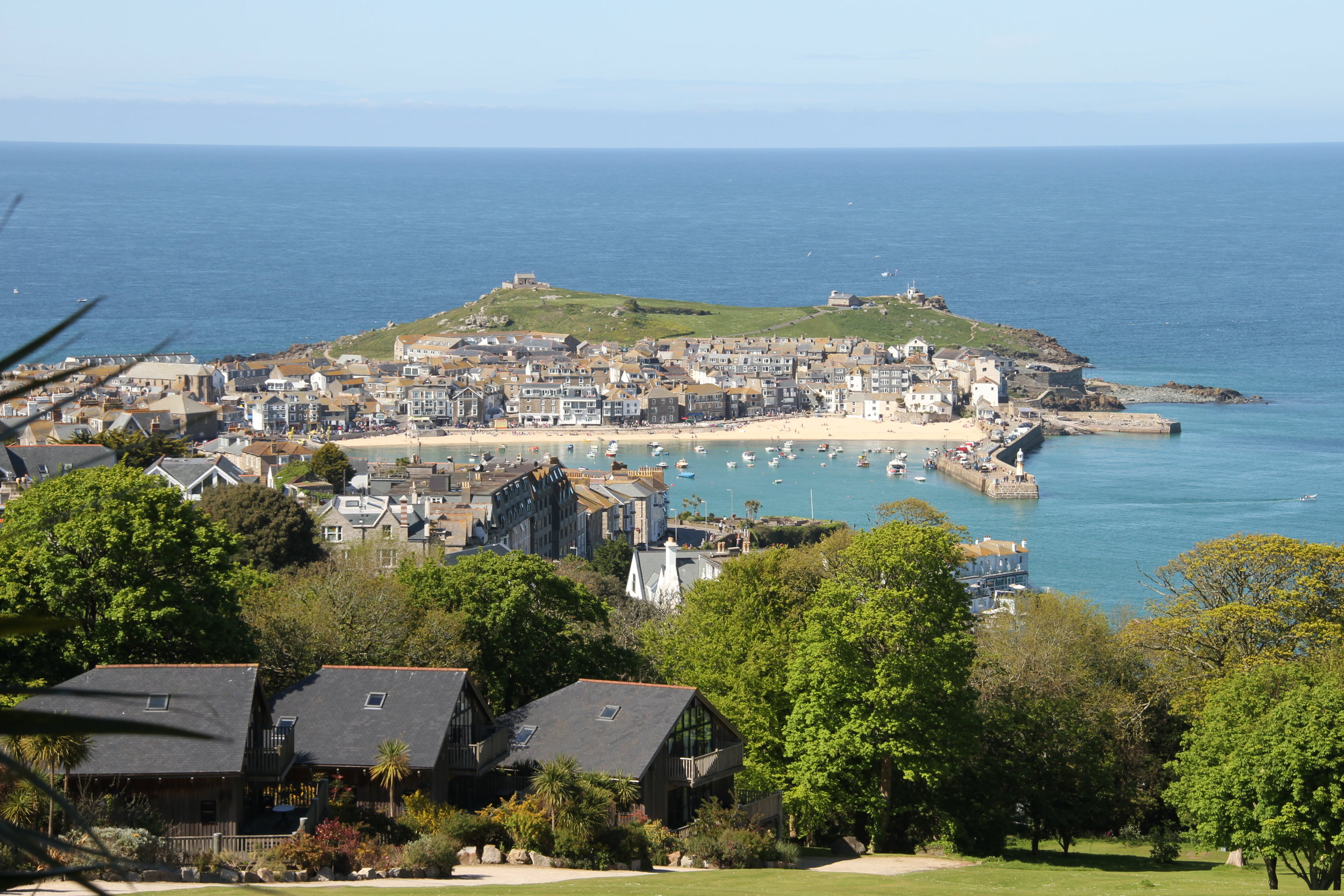
Antarctica
some ice-covered corners of the world know how to get under your skin. Expansive and wild, Antarctica is a place where nothing exists but the moment. The rest of the world falls away and the urge to play Attenborough is un-suppressible. You’re guaranteed close encounters of the whale kind, a silence that’s only broken by calving glaciers and constant summer sunlight. Bliss really. Some Antarctic days are pure magic. Clear and calm, you’ll wake to an endless sky and mirror-like sea. Yet overcast days are not without their eerie charm. Low clouds and brooding skies have a remarkable ability to turn icebergs the most fluorescent shade of turquoise imaginable and prove that nowhere does desolation quite like Antarctica.
Uniquely stunning and a fickle friend (just ask Scott or Shackleton), this is a land where mountains move, history is defined by the brave and bizarre and you become besotted with the animals who call the world’s last true wilderness home. And the price of admission? Well, that’s surviving the Drake.
Sail Away
Antarctica is reached by travelling to the end of the world, otherwise known as Ushuaia at the tip of Argentina, and sailing for two days through the Drake Passage; the planet’s most turbulent body of water. While the dreaded mal de mer isn’t the ideal way to start or end a holiday it’s all part of the experience… I suppose. There are ways of dealing with this crossing. Firstly, avoid whistling, it’ll only call up the wind. Secondly, don’t bring a banana on board, unless you wish to rattle a superstitious crew. Thirdly, don’t shoot an albatross. And most importantly, pick a good ship.
I sailed on the Polar Pioneer. Homely rather than luxurious, this ice-strengthened vessel is Australian run but crewed by 22 Russians who remain onboard for a year. Once you learn that it began its life with a brief stint as a Cold War spy ship and the crew occasionally smokes their fish in the engine room, falling in love with this trusty vessel is inevitable.
Animal Encounters
Exceeding every expectation, Antarctica’s fearless wildlife has character aplenty. Stone-stealing Gentoo penguins (they’ve worked out that ‘borrowing’ stones from neighbouring nests is the easiest way to build their own) and wide-eyed Adelies make up for their lack of grace with loving determination. Creating ‘penguin highways’ in the snow that link their impossibly out of the way rookeries to the sea, these little guys waddle with purpose. All they want to do is belly flop into the water, despite an in-built fear of Leopard seals, to find food for their hungry, fluff covered chicks.
While penguin parental dedication is adorable, all sense of human normalcy is lost when a whale appears. Finding a humpback mother and calf sleeping on the surface of the water (rather appropriately termed logging) and watching as they wake, dive and re-emerge, barnacles and all, an arms length from your tiny zodiac is not an experience you quickly forget.
Although human visitors must stay at least five meters from all wildlife, no such rule applies to the wildlife itself. So, while you sit on a rocky beach, a safe five meters from a sun seeking Weddell seal, the only animal less graceful on land than a penguin, it won’t be long before a skua is nibbling your gumboot.
Temporary Visitors
Apart from the National Geographic Explorer, the only signs of human life are vibrantly painted research huts. Mixing nostalgia and wonder, historic sites like the British Port Lockroy must be seen to be believed. Set up during WWII to listen to German Navy radio signals, the station now studies the effects of tourism on penguins. The only problem is that penguins don’t quite understand the idea of a scientific control area, even if it’s roped off, or that they themselves might be the control. All four Port Lockroy residents rely on visiting ships for fresh supplies and showers and run a small museum and post office – when not counting penguin chicks. Anything mailed from here takes at least two months to reach its final destination; ferried to the Falkland Islands, flown to England and then braving the UK postal system.
Argentina’s Brown Station is equally fascinating. It’s unmanned due to a lack of funding and the fact that a previous resident chose to burn down a large part of it rather than spend another year alone on the ice. Bright orange and perfectly preserved, fire damage aside, it sits at the bottom of a huge, snow covered mountain. From the top you can take in the most photogenic panorama around - ice floes and rolling white icebergs – and brave the ultimate bum slide down (i.e. tobogganing without the aid of a toboggan).
Oh So Small
Antarctica is stunningly otherworldly. Even the safe havens along the Peninsula have names borrowed from fairy tales - Neptune’s Bellows, Deception Island, Paradise Bay, Elephant Point. Two weeks here and you’re left feeling delightfully insignificant. After all, in the presence of such great beauty it’s impossible to feel anything but small.
Entering Mikkelsen Harbour, with its amphitheater of ice cliffs, or sailing through the seven-mile-long Lemaire Chanel, affectionately called ‘Kodak Alley’ in the days when film cameras reigned supreme, you understand how powerful ice and reflective surfaces can be. For harsh beauty there’s Pleneau Island - an iceberg graveyard. With nowhere to travel and harassed by the elements, these bergs take on phenomenal shapes and hues, proving that nature is the ultimate sculptor. When greeted with such sights and stunned to the point of silence, it’s lovely to remember that all we have to do in this world is appreciate it.
But be warned. Feeling humbled like this makes you act a little irrationally. You’ll agree to the oddest things. Like camping on the Antarctic mainland, tentless and armed with nothing but a sleeping bag and dubious looking foam pad. Under a sky that never darkens you quickly learn that there’s no way to get completely comfortable on ice and the sound of distant avalanches and exhaling whales leads to odd dreams.
Filled with awe and a love of all things wild, you leave this continent lighter than when you arrived and yearning for adventure. You’ll talk to the animals, sleep when it’s sunny and consider applying for a four-month stint at Port Lockroy. Clearly Antarctica makes blissfully cold fools of us all.
Visit: Aurora Expeditions and their stoic Polar Pioneer sail to Antarctica throughout summer. I promise the Drake Passage is worth it! http://www.auroraexpeditions.com.au/
This article first appeared in Yen Magazine.
Welcome to Lodestars Anthology
Welcome to Lodestars Anthology, a magazine for curious travellers who long to see, eat around, chat about and experience this big ol’ world of ours. Basically, we’re a magazine-meets-journal all about place, travel and exploration - one you’ll ideally like to keep atop a coffee table. Or filled with scribblings and safely stored in your suitcase.
We are independently published, distributed internationally and all set to explore the globe one country (or should that be one issue) at a time. With the first magazine due out in summer 2014 things are getting a little exciting around here.
So go on. Pack a bag, hit the road and get your discovery on.

Photo by Tommy Harrison.


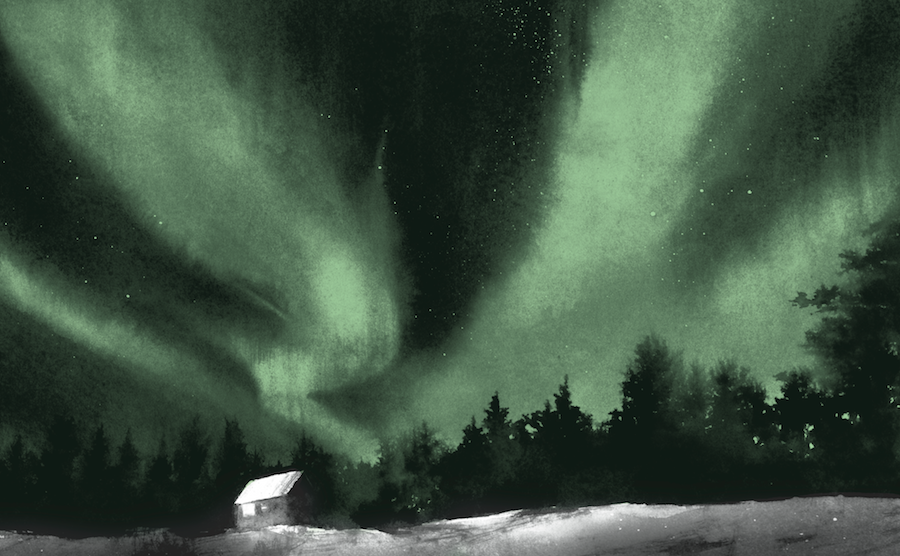







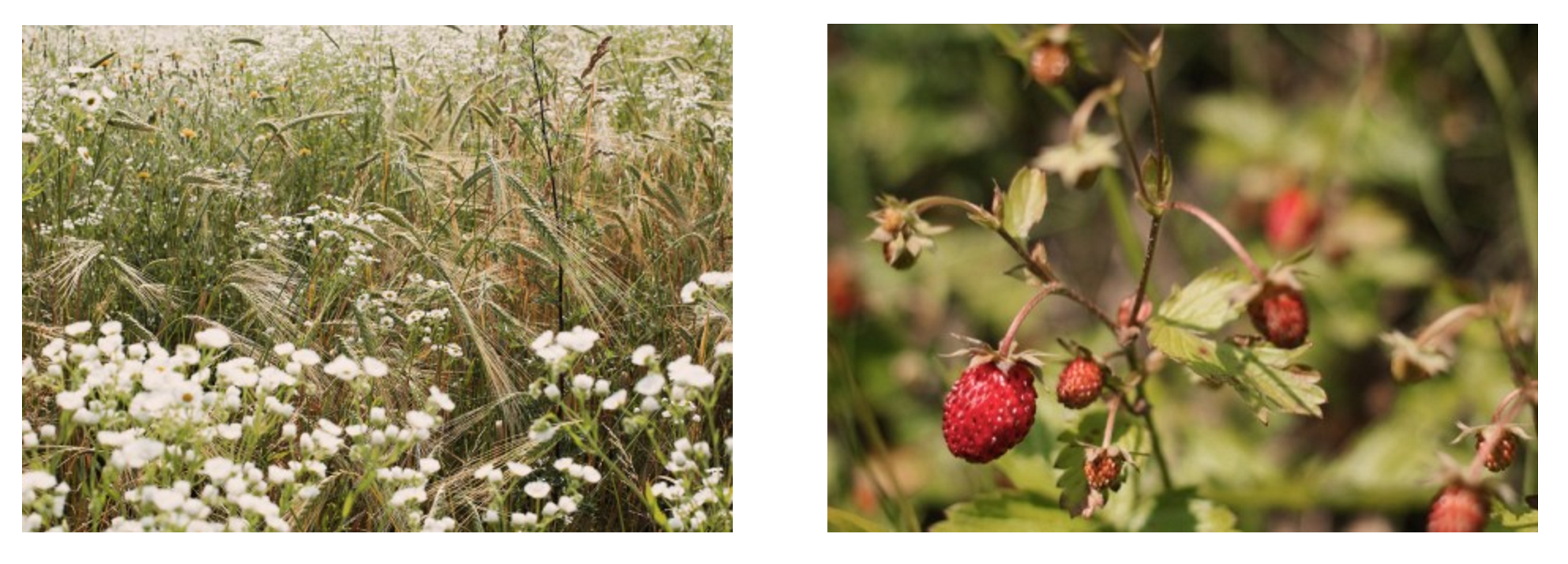


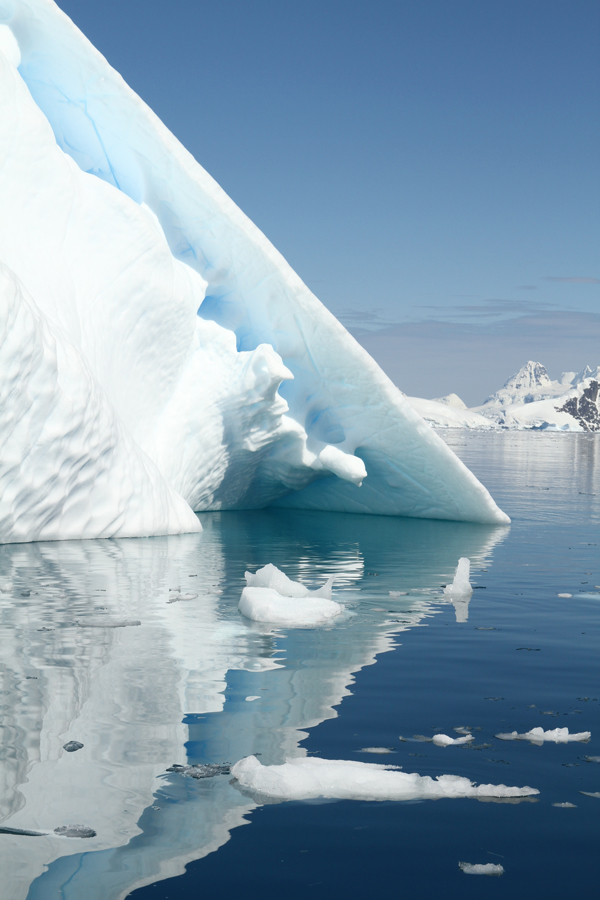



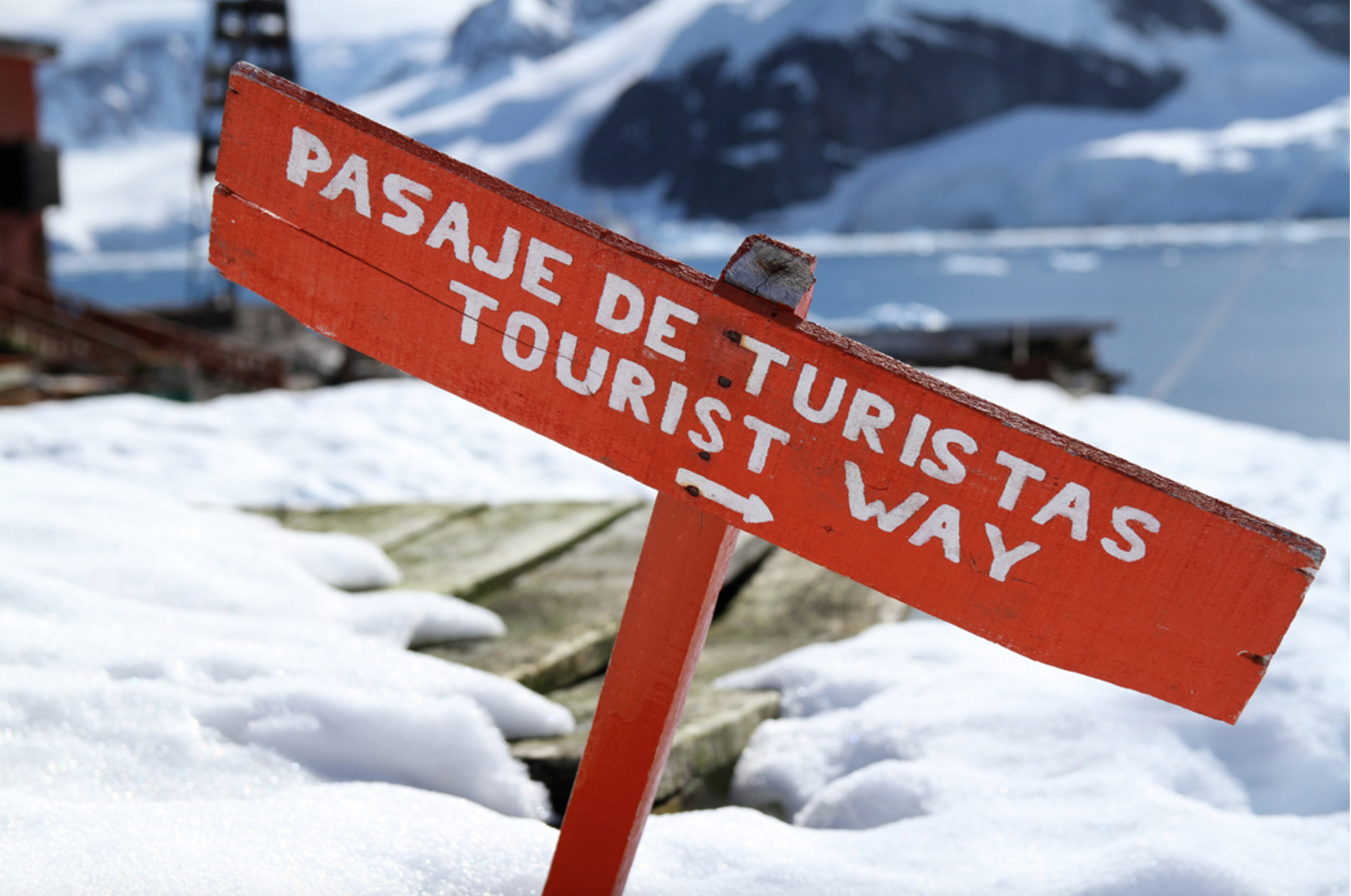







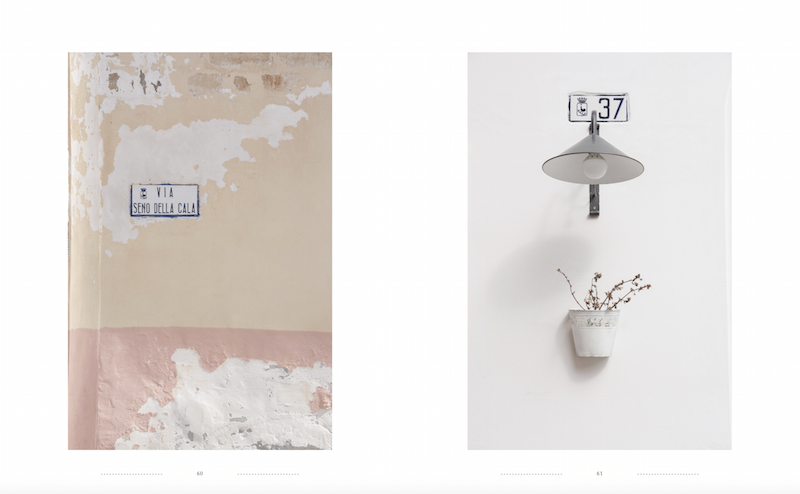
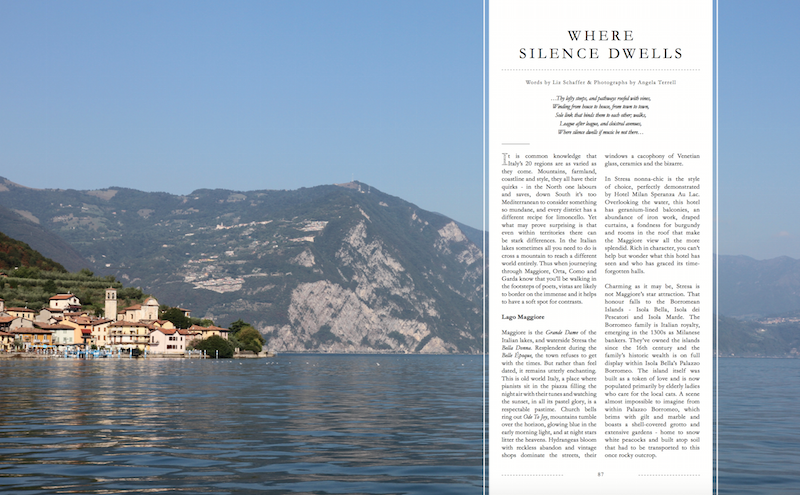
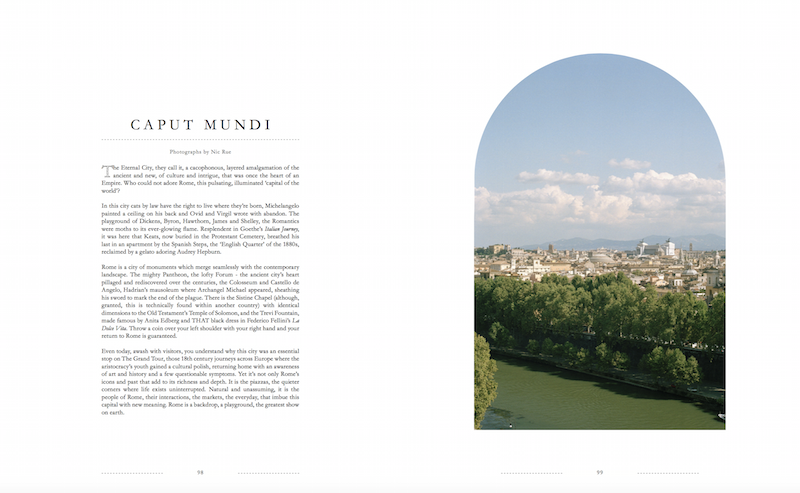


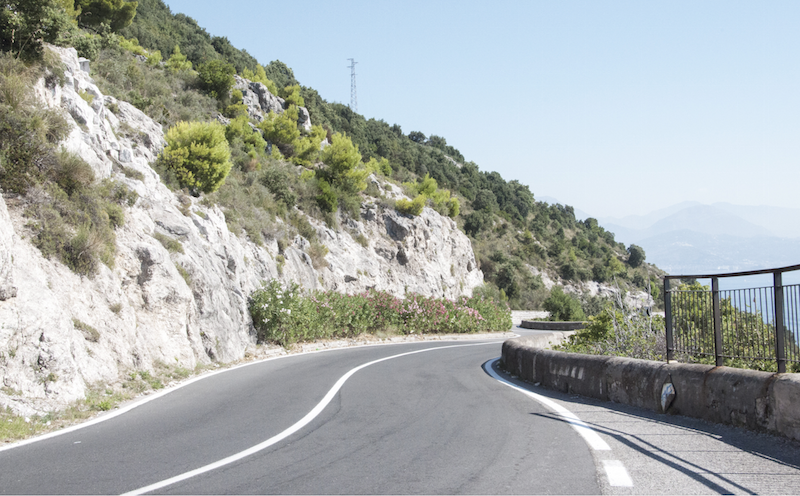
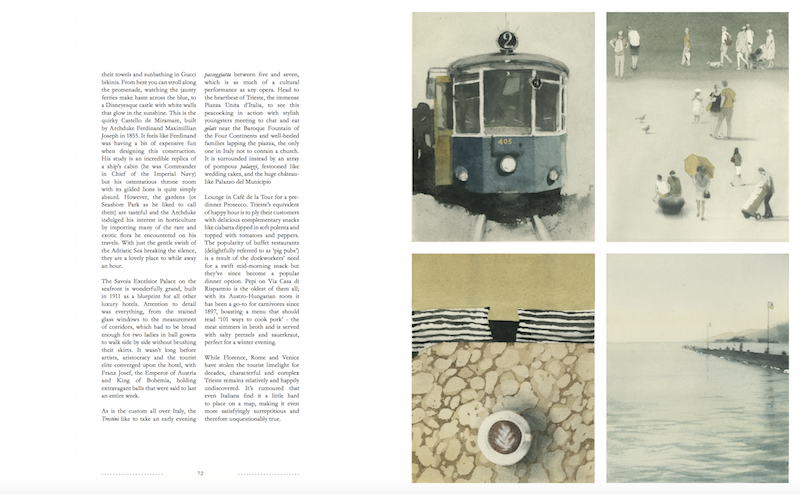
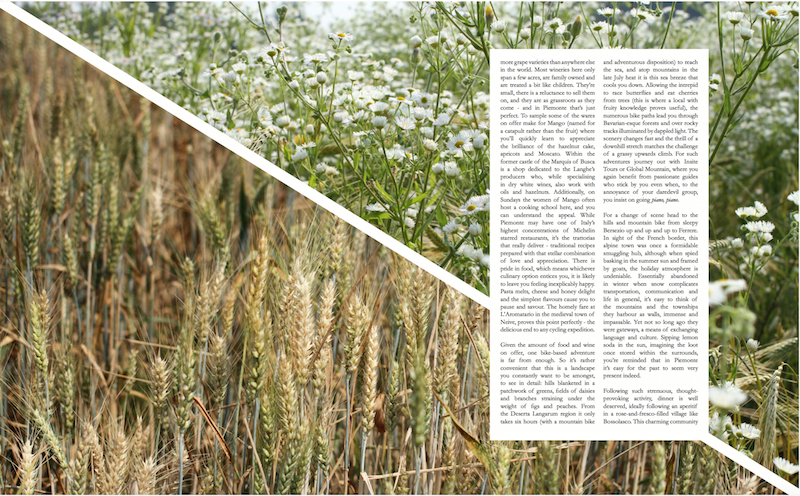
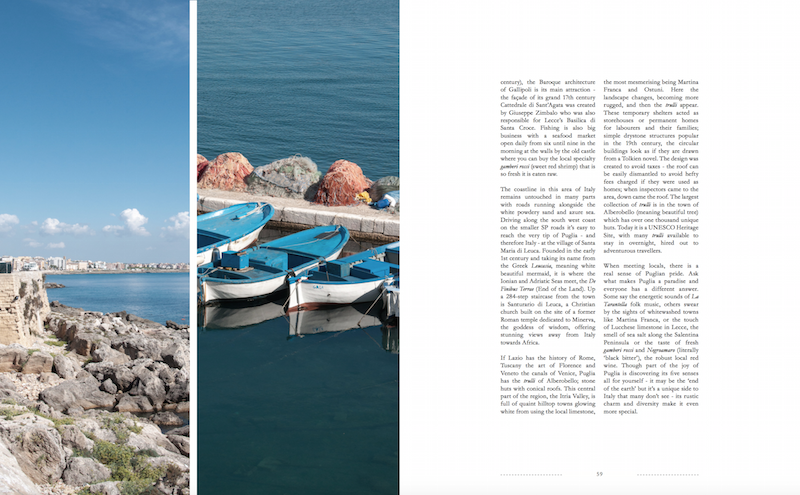




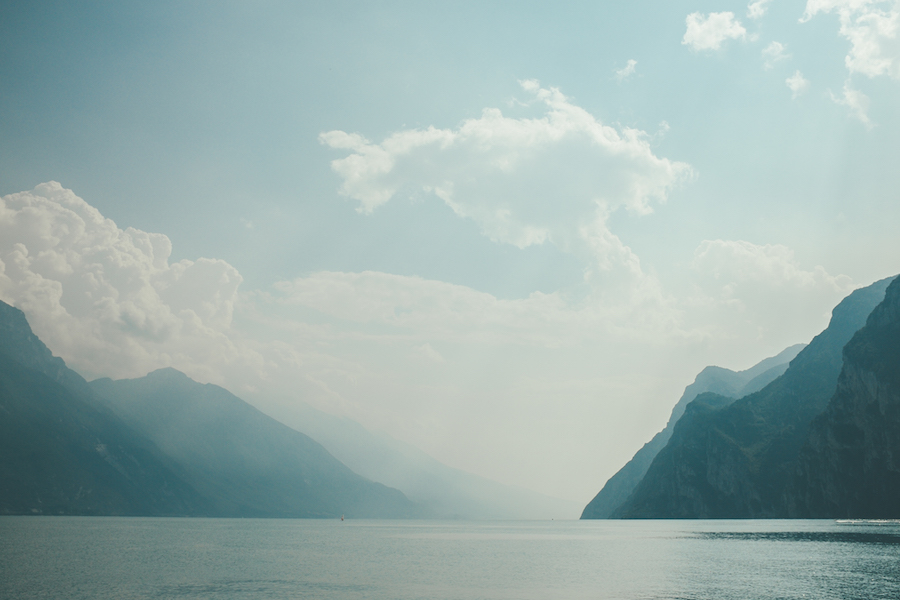


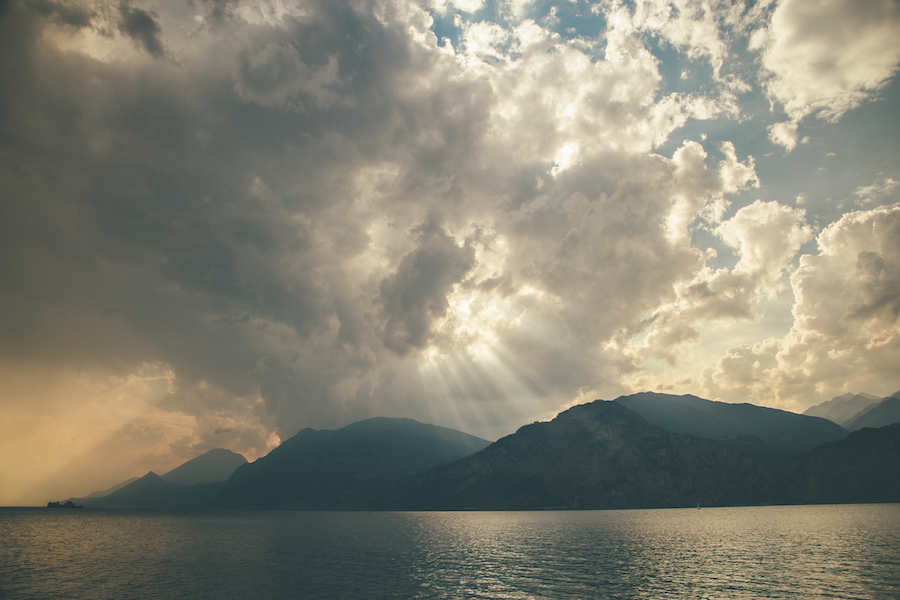



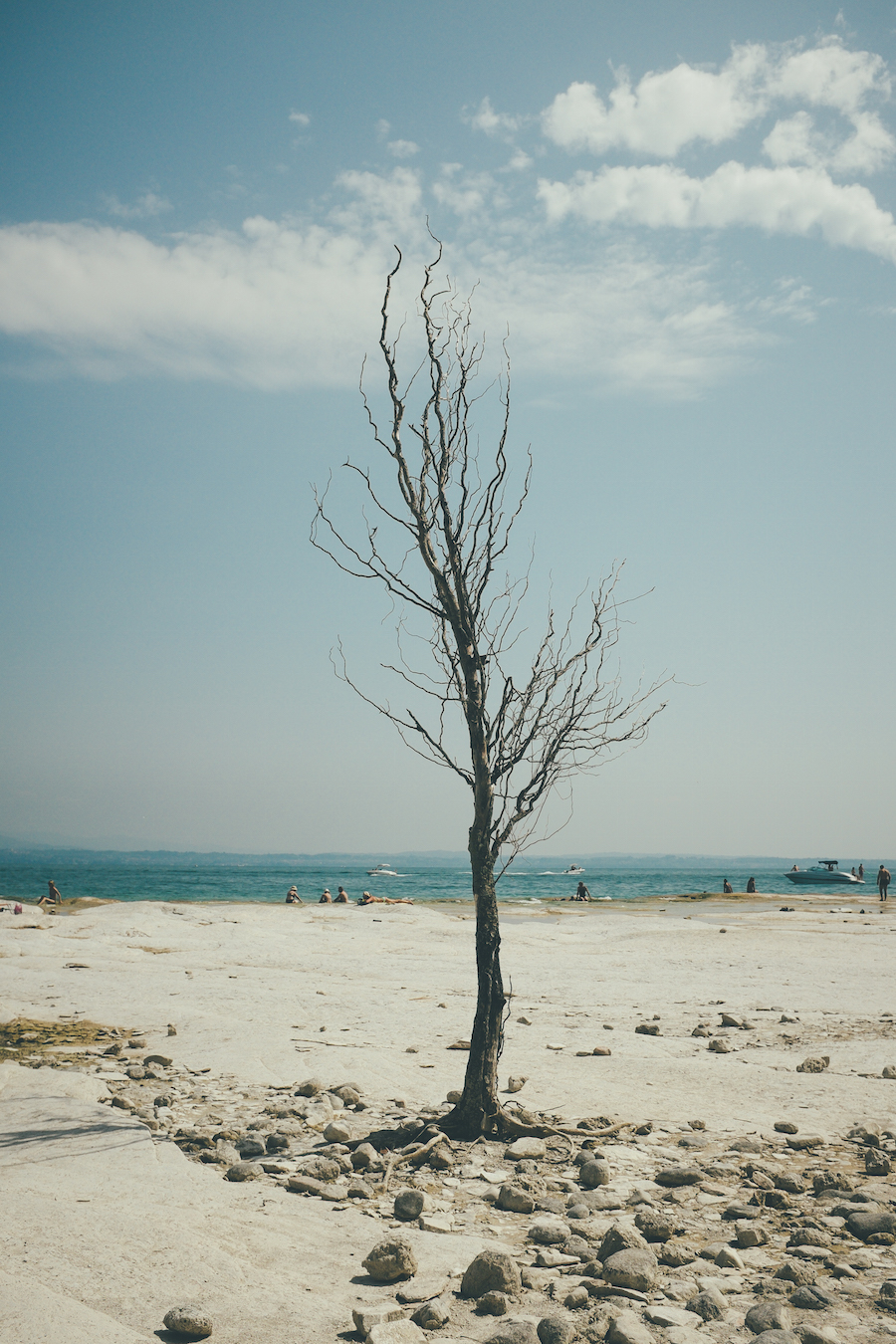
















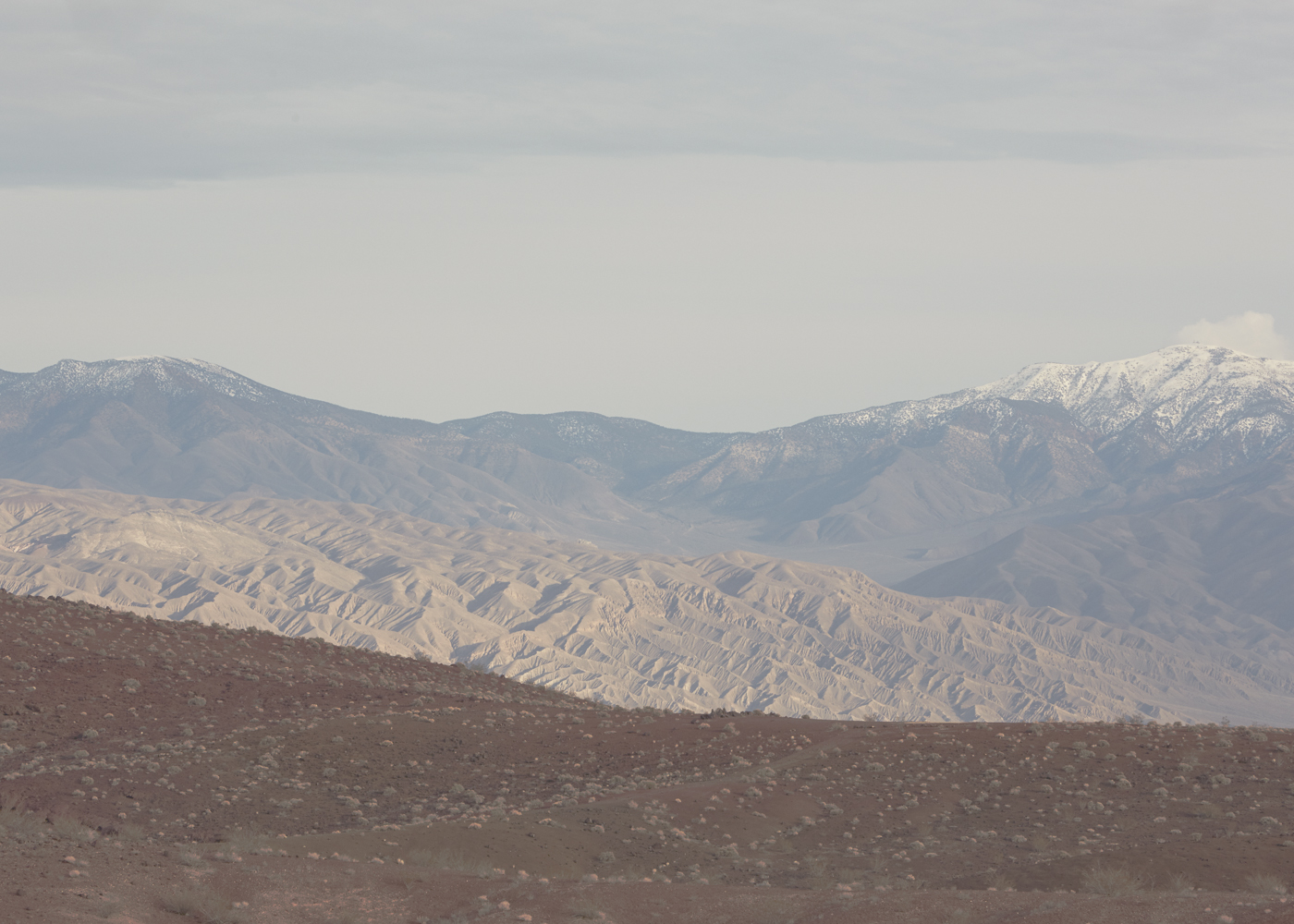
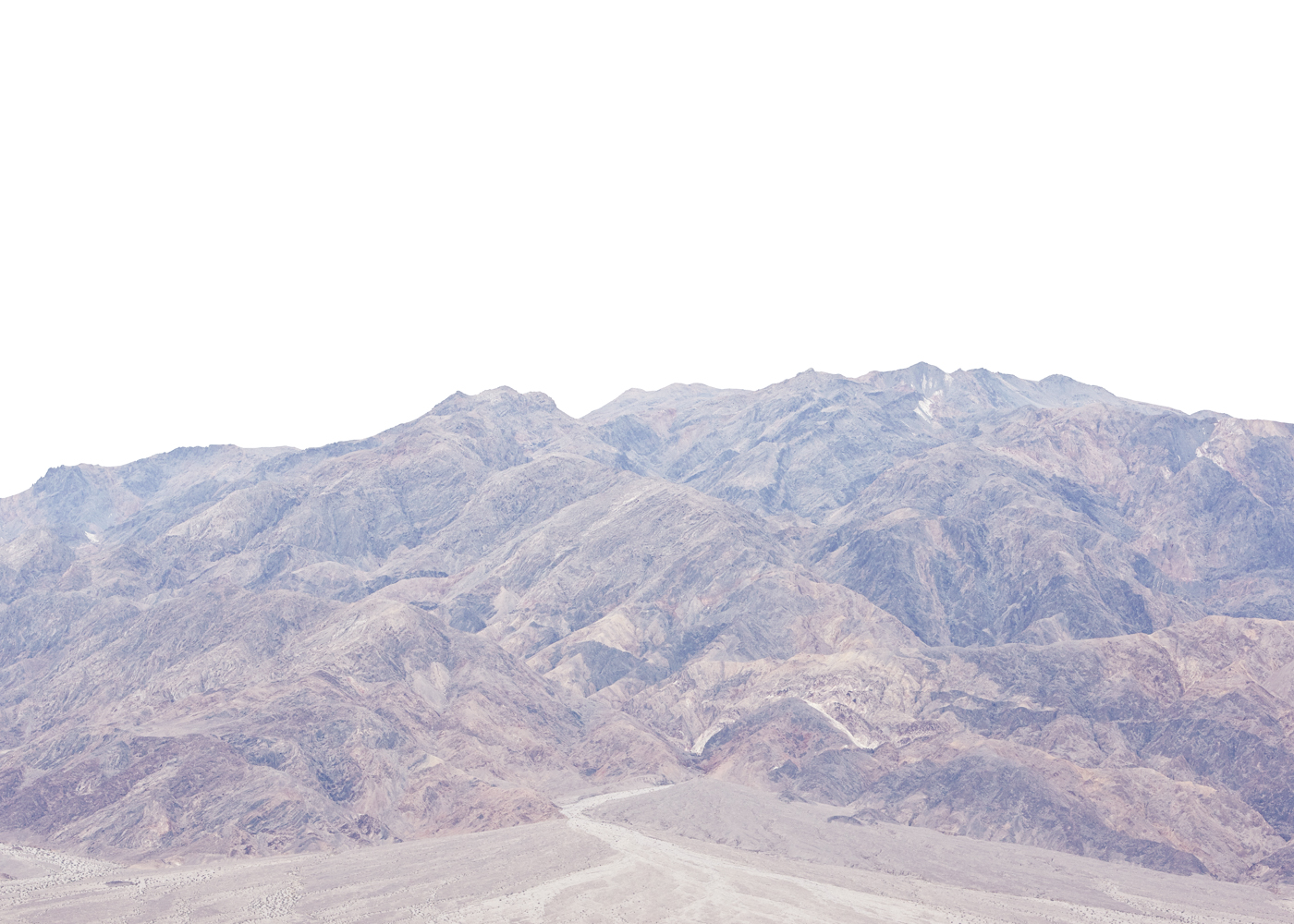

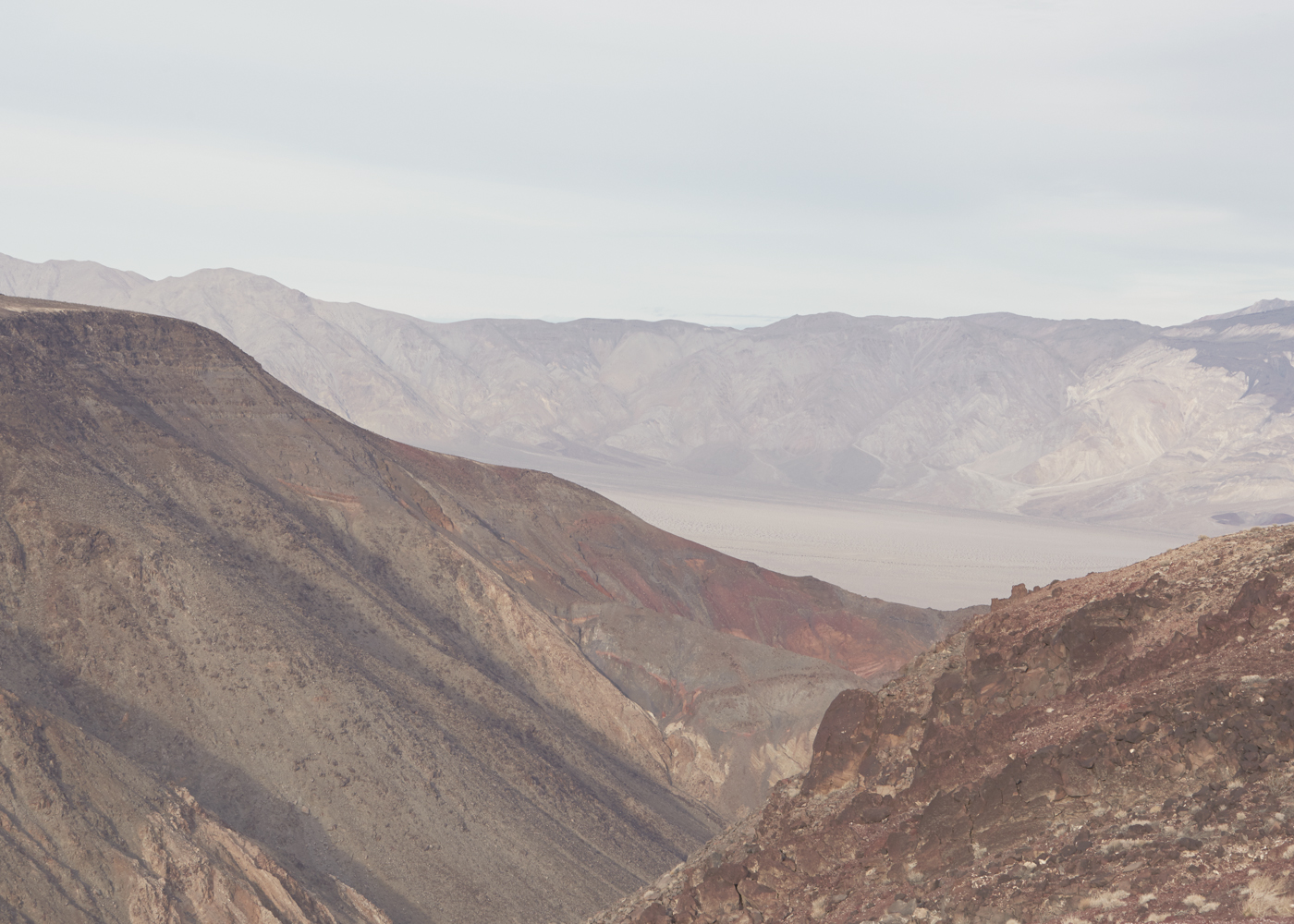





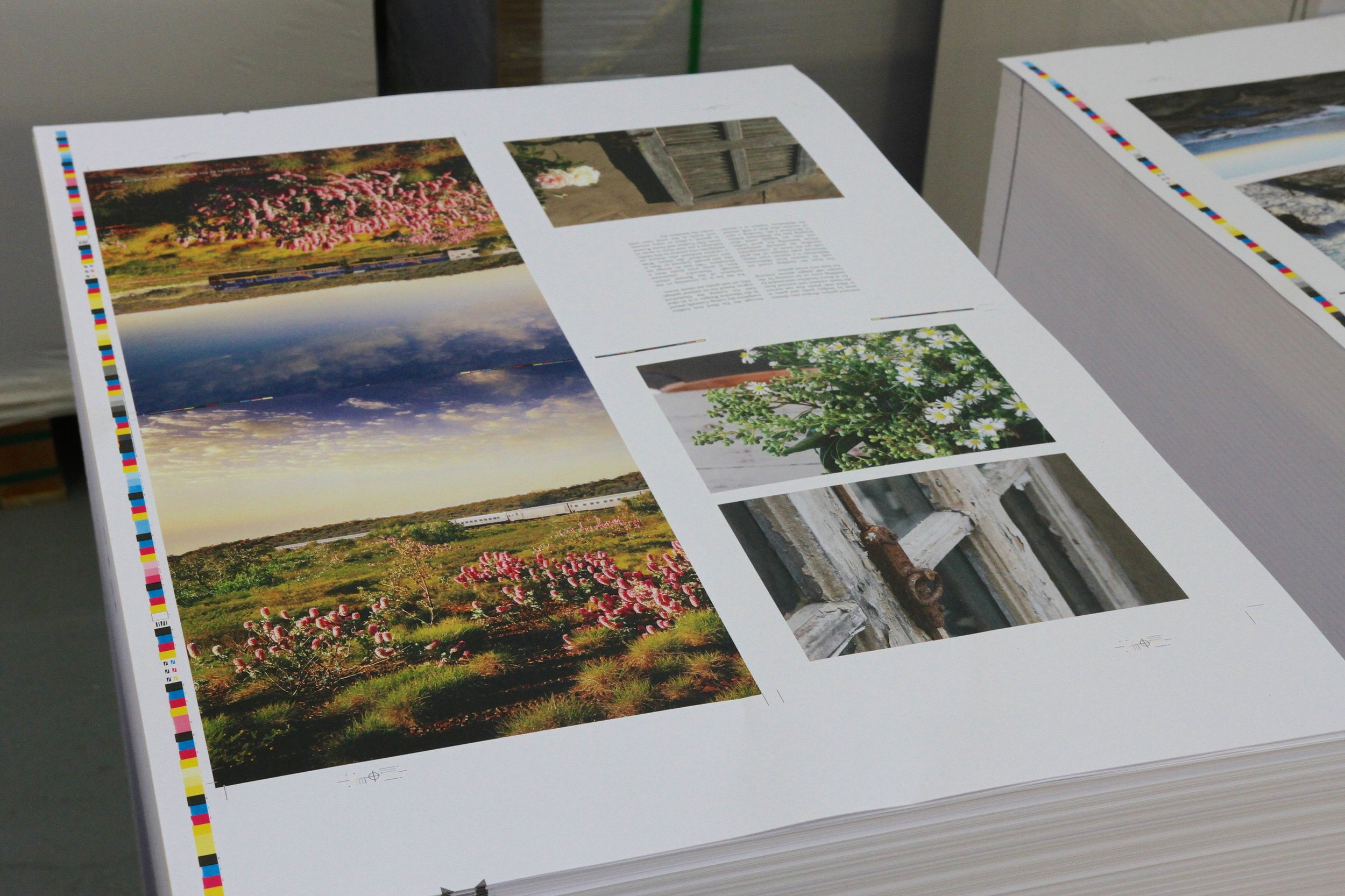


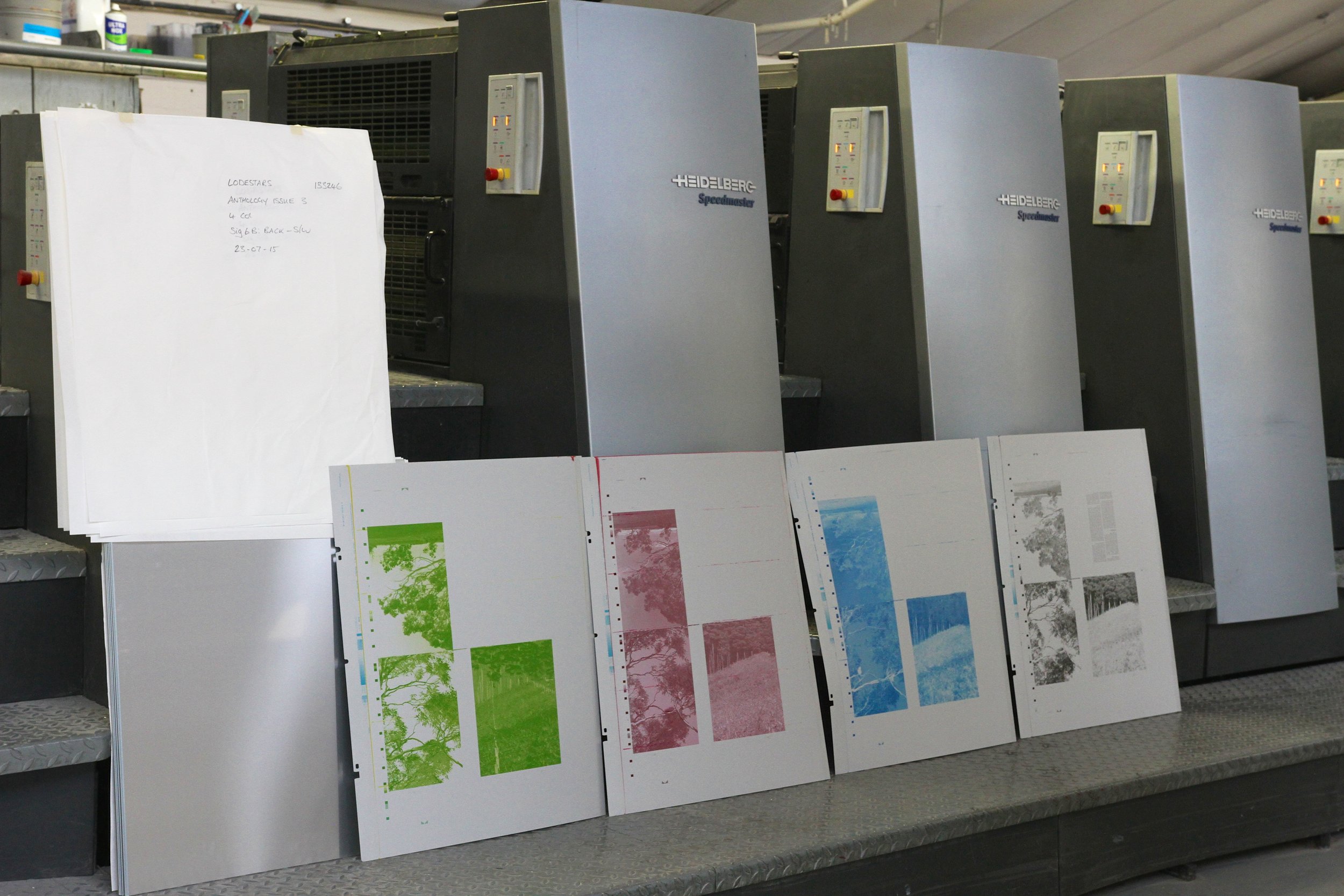

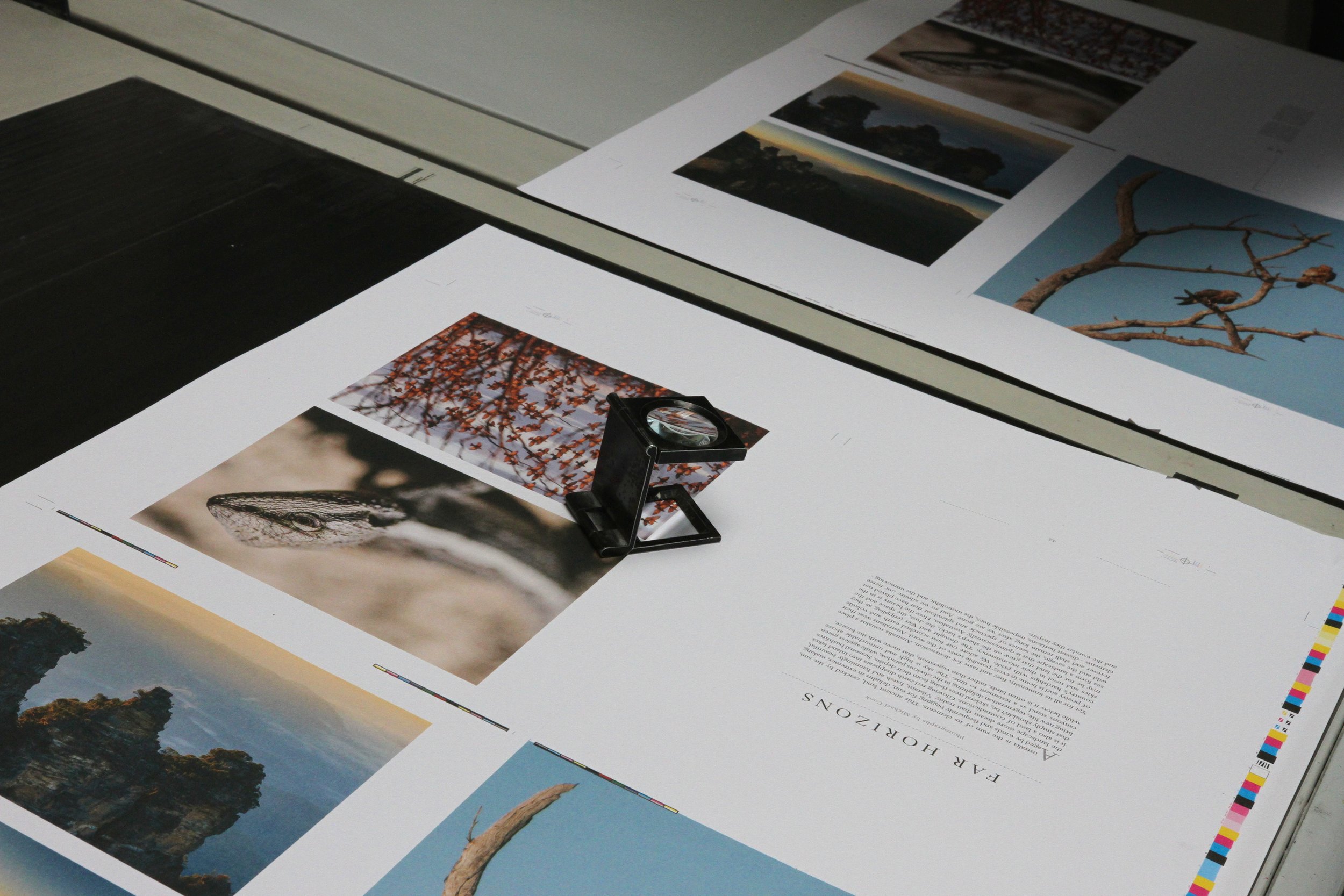




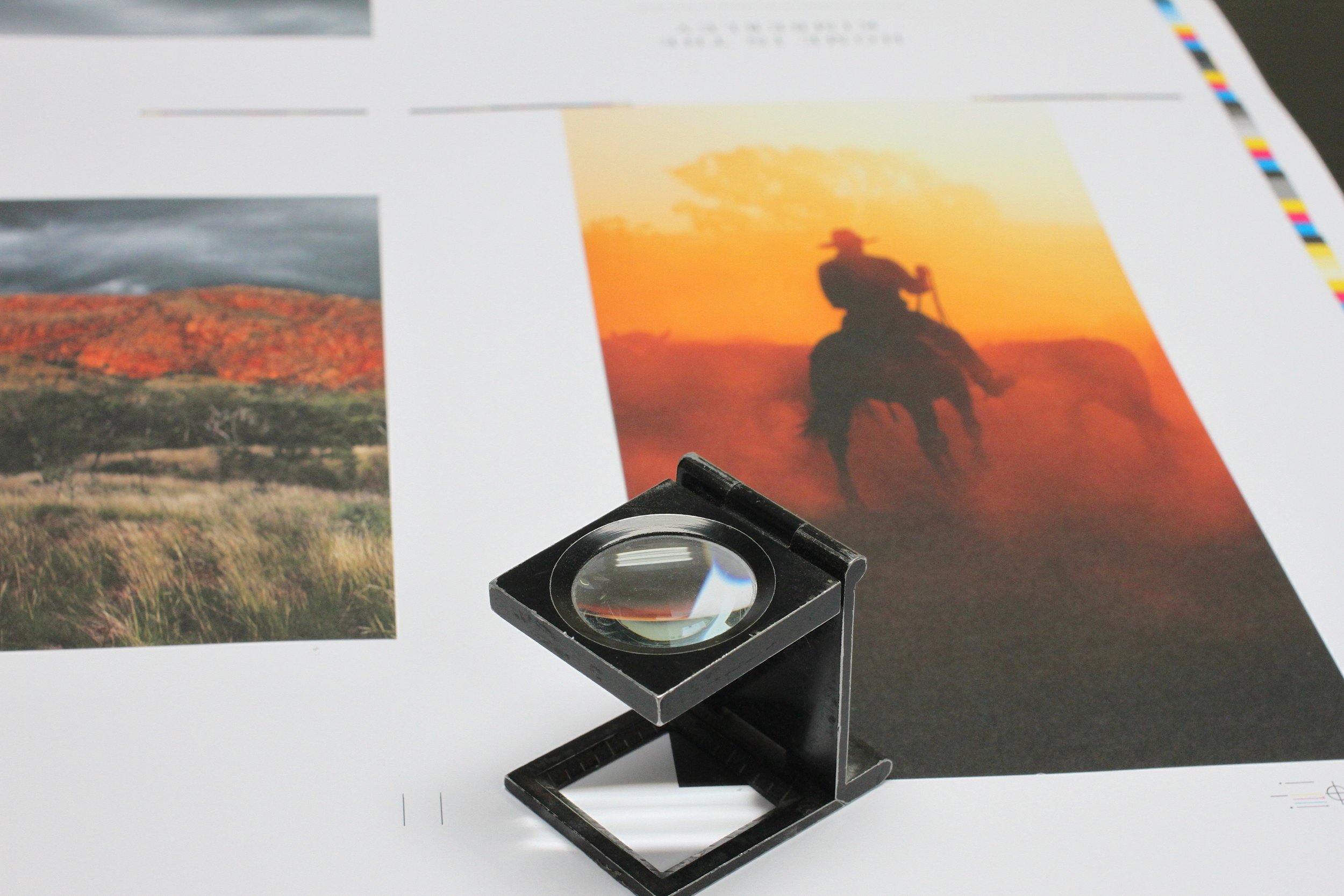
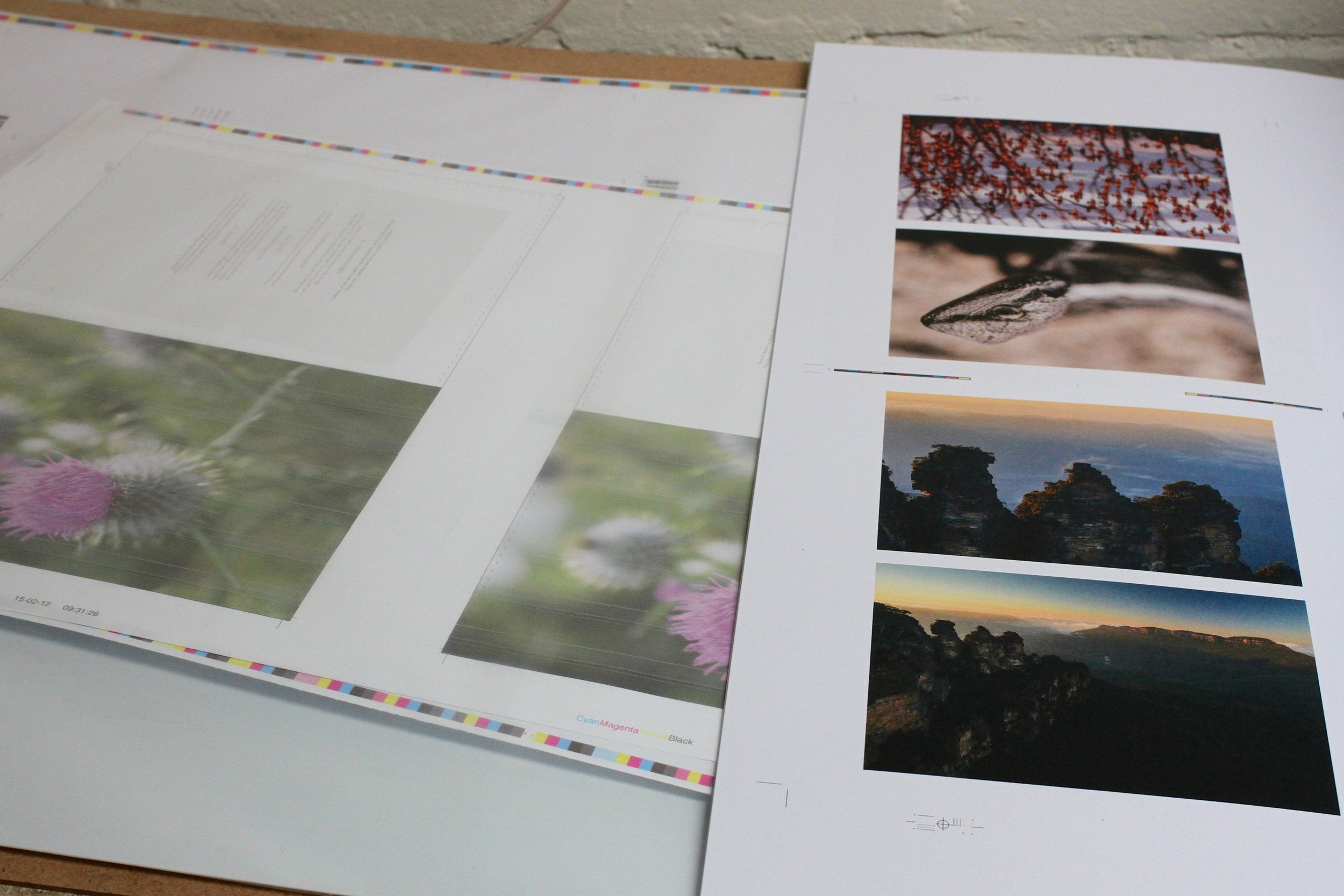


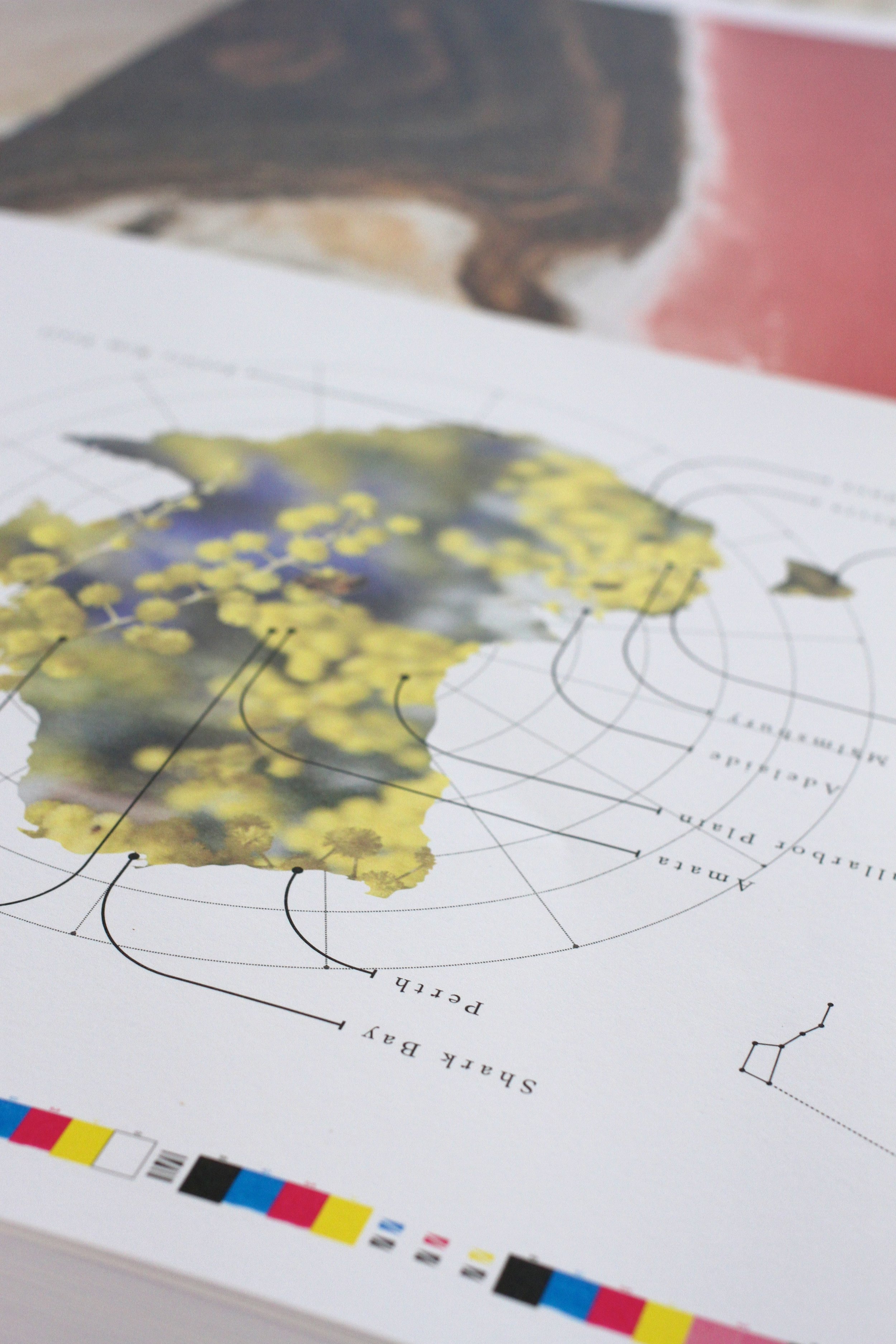







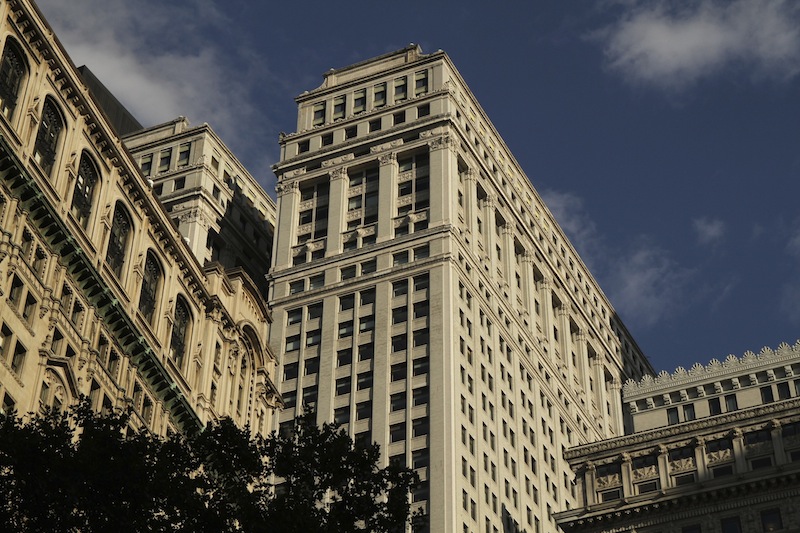










































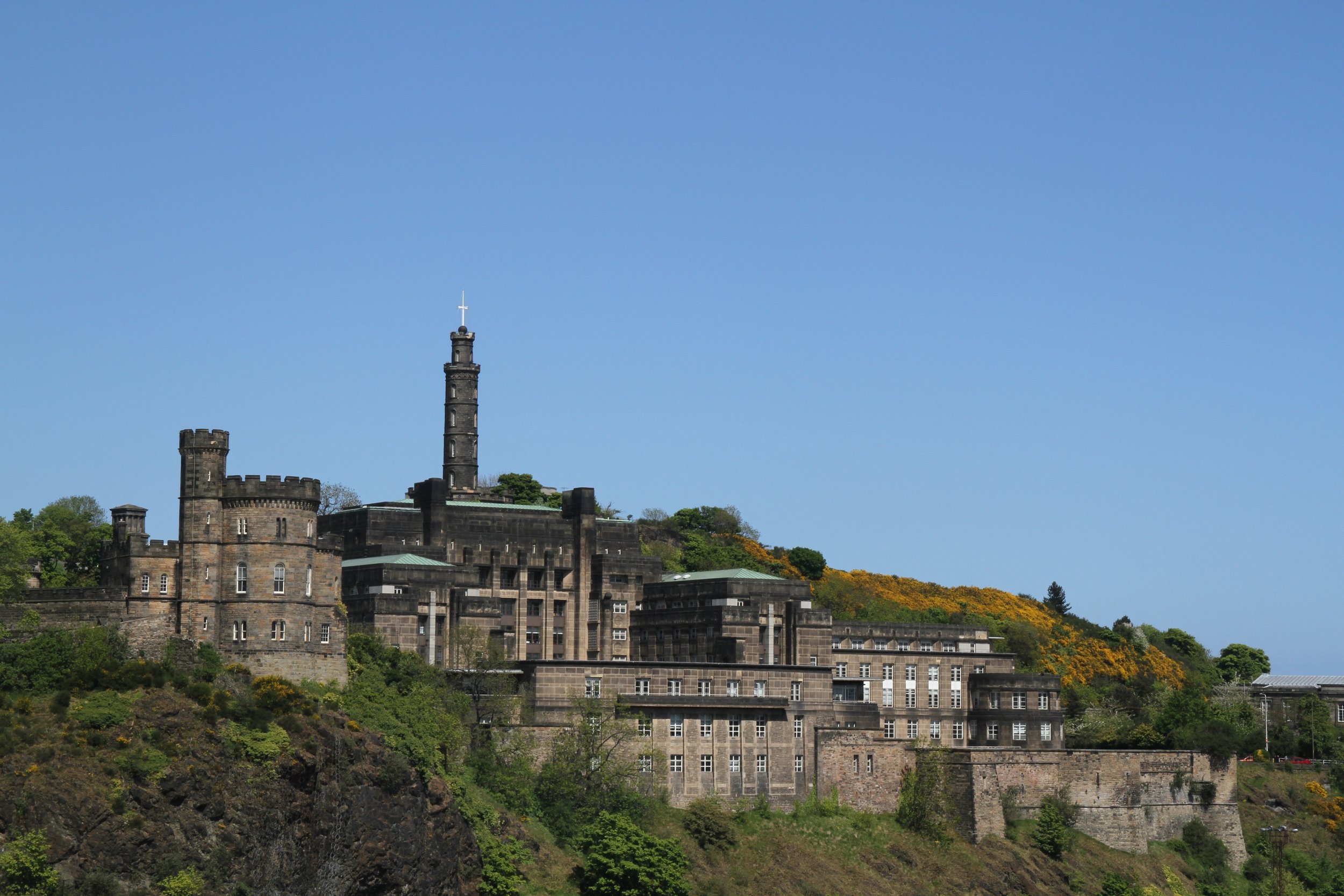
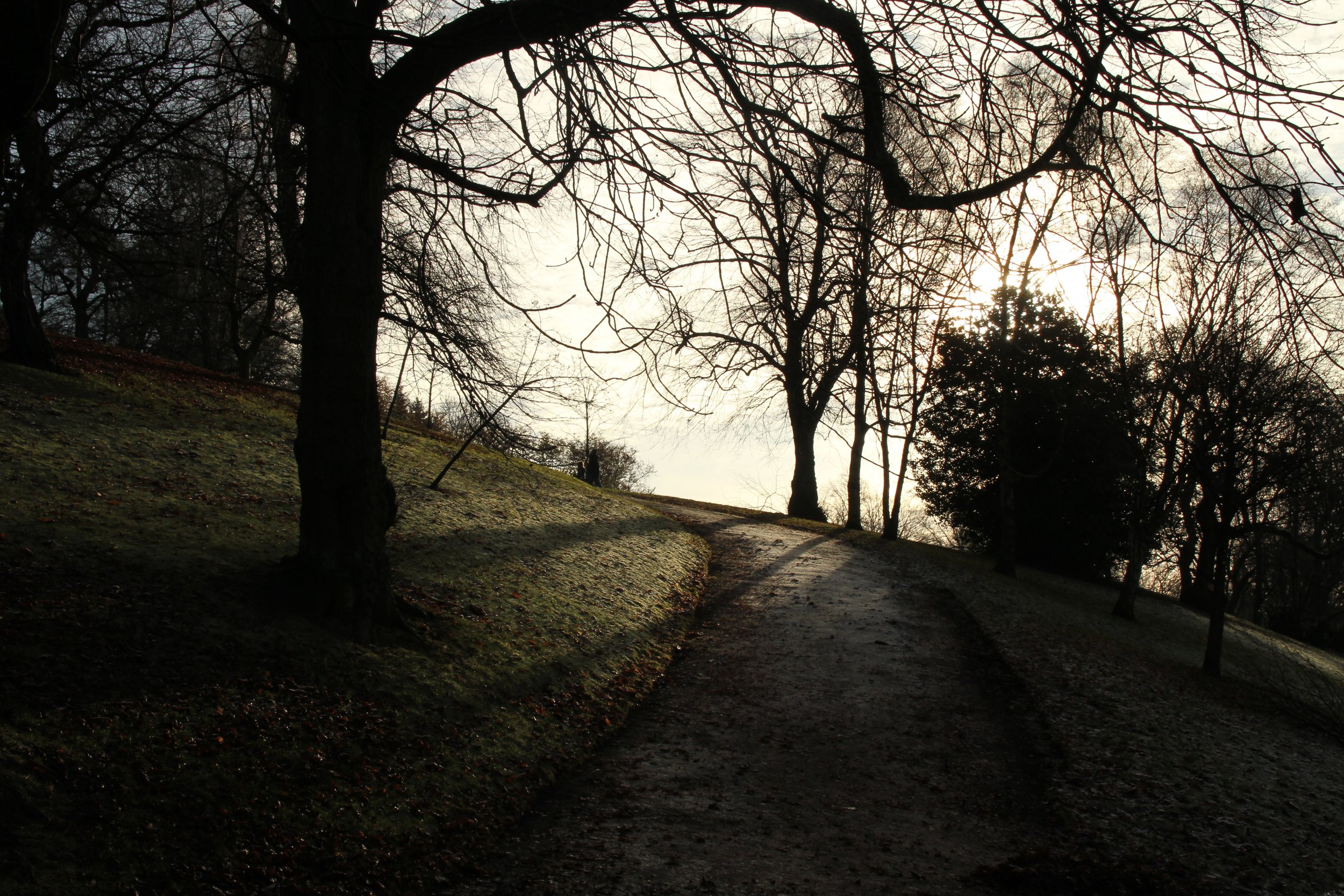





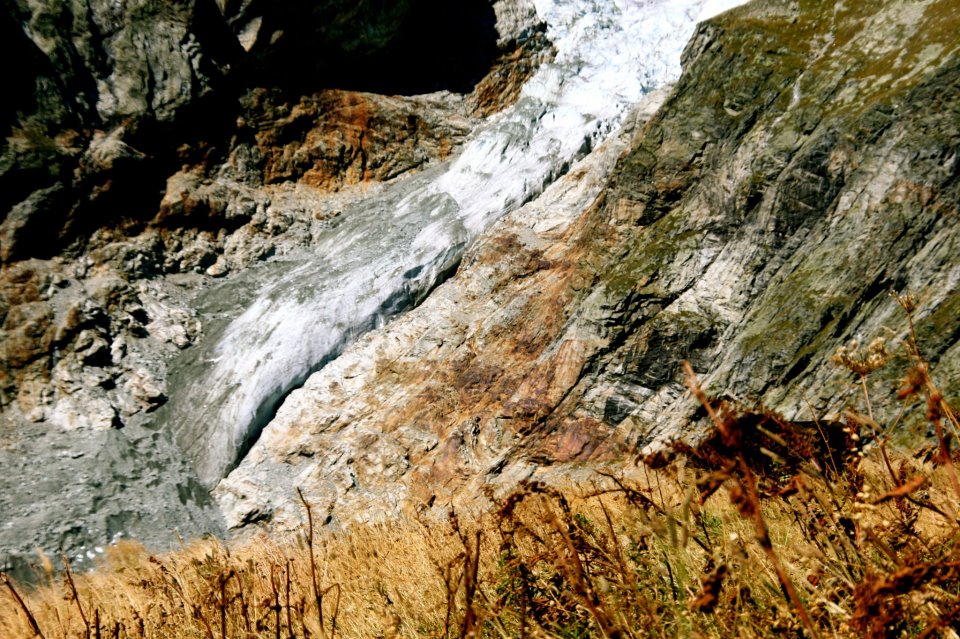


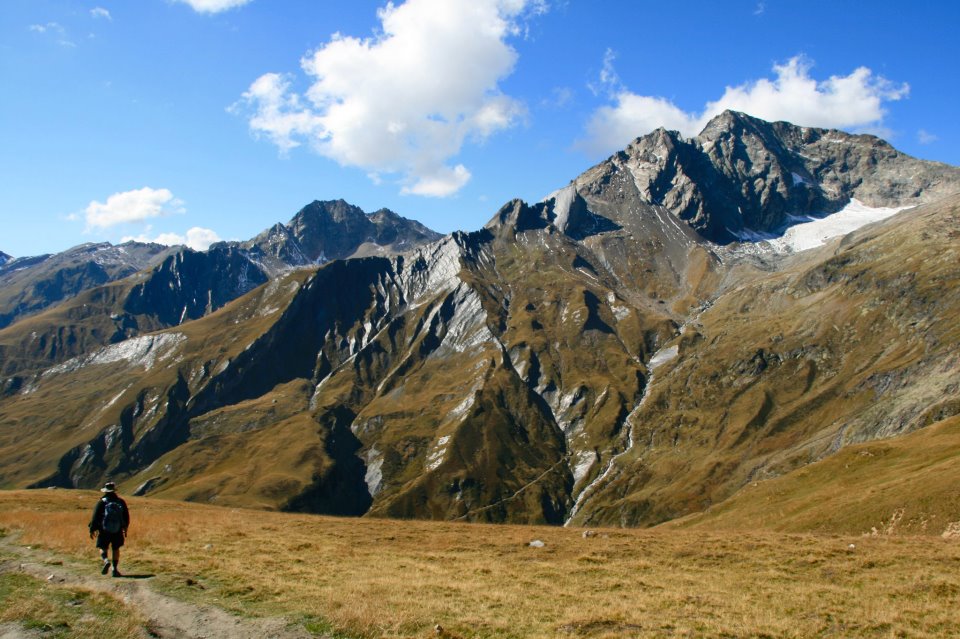


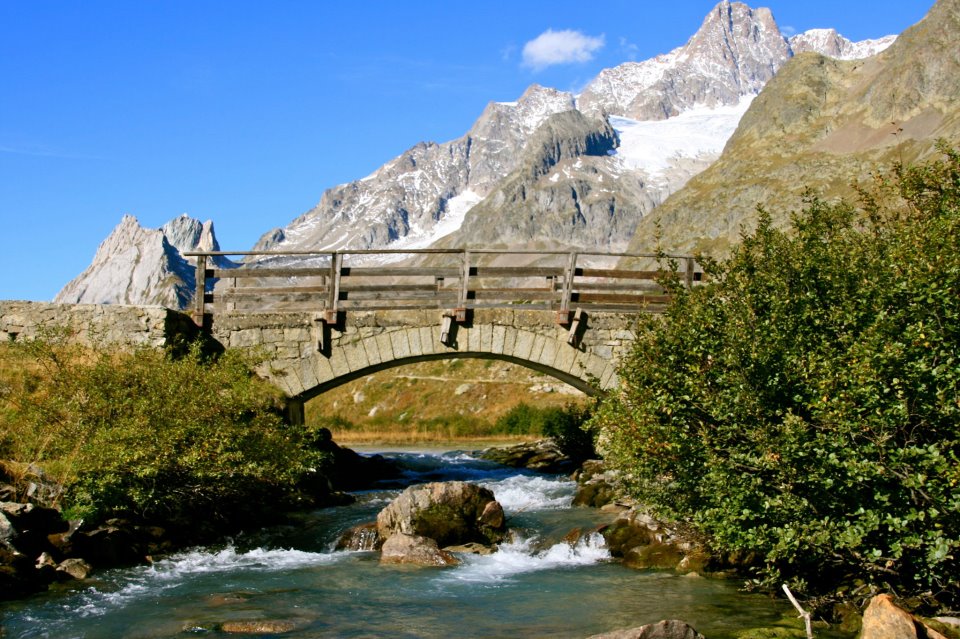

















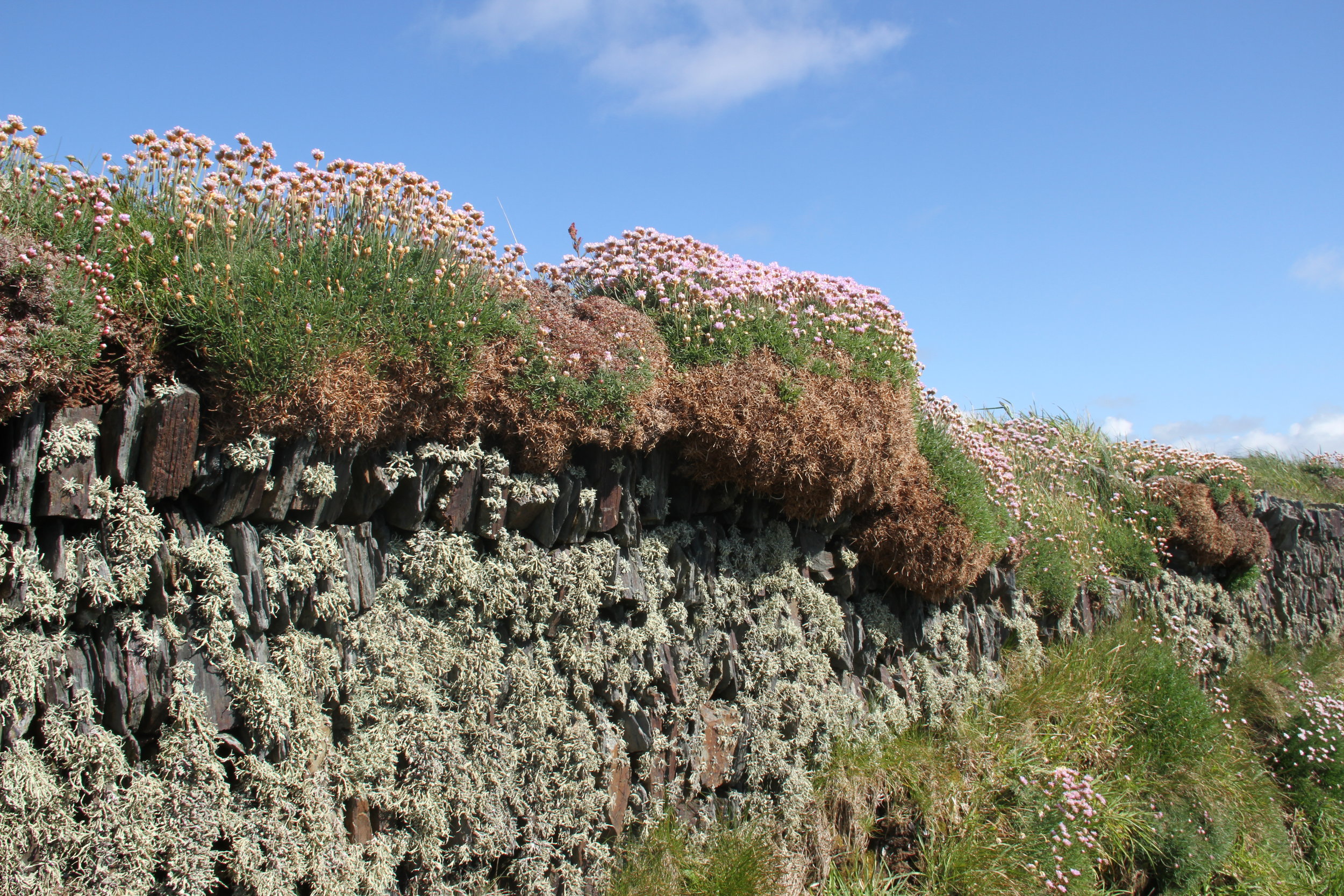






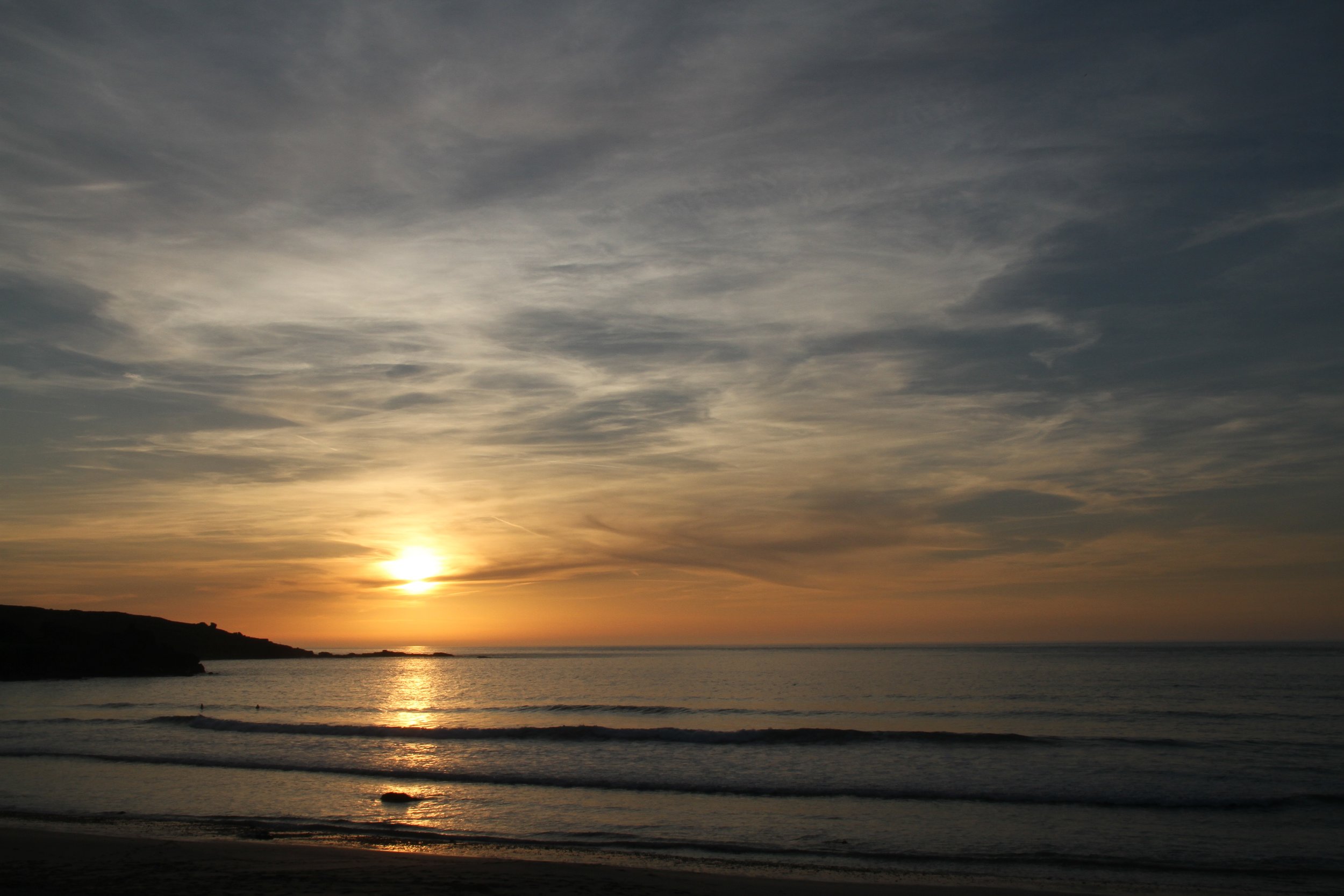
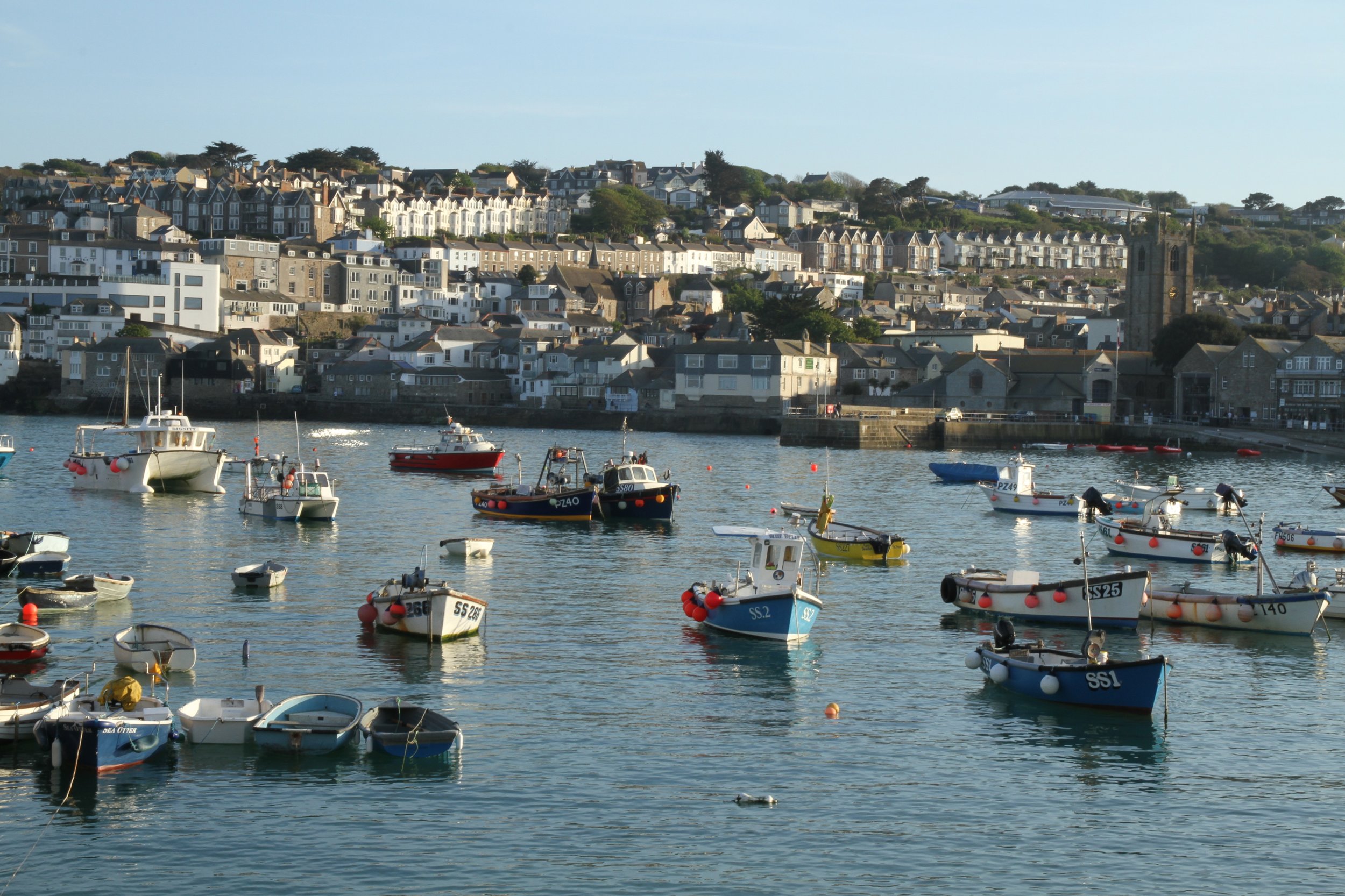

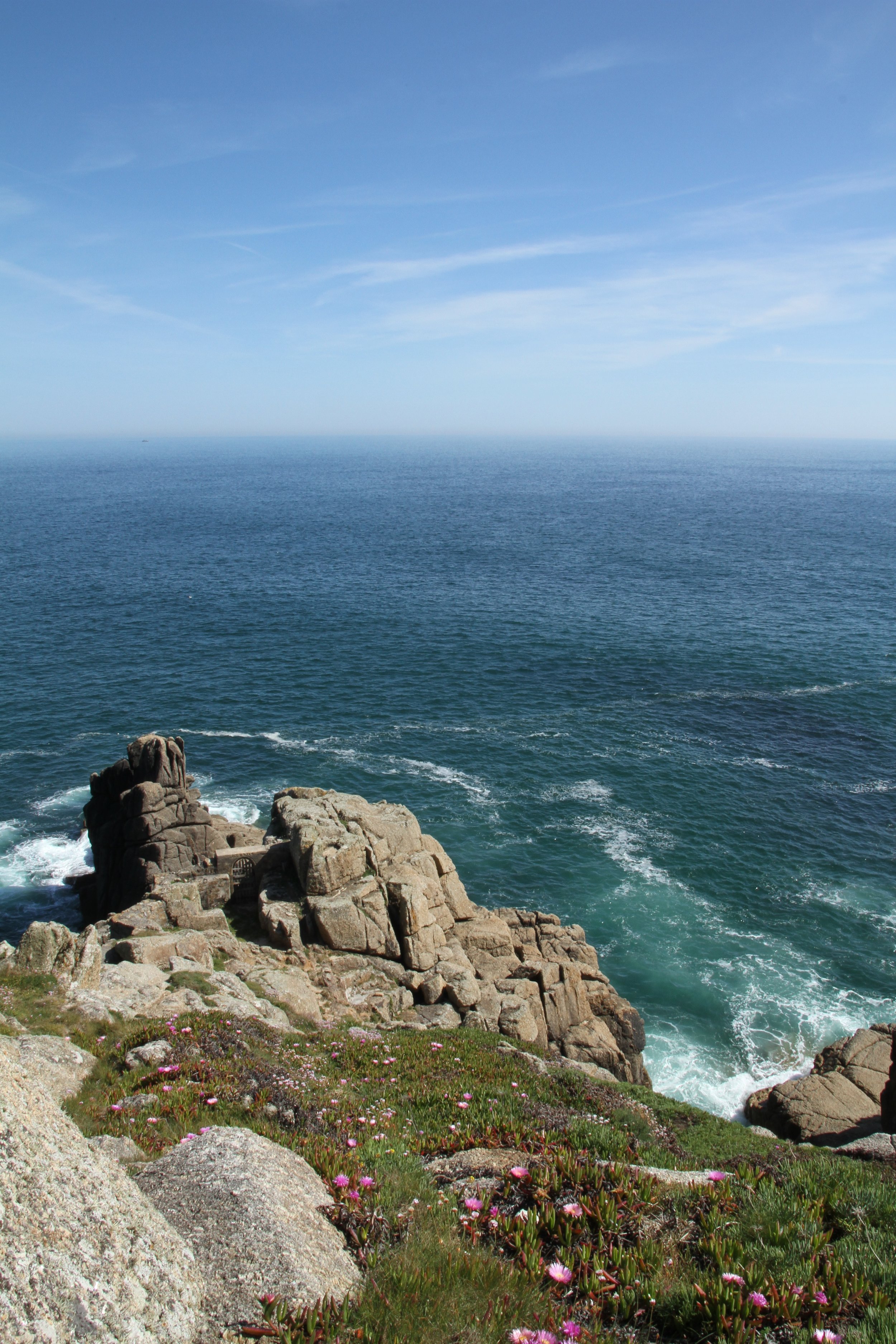
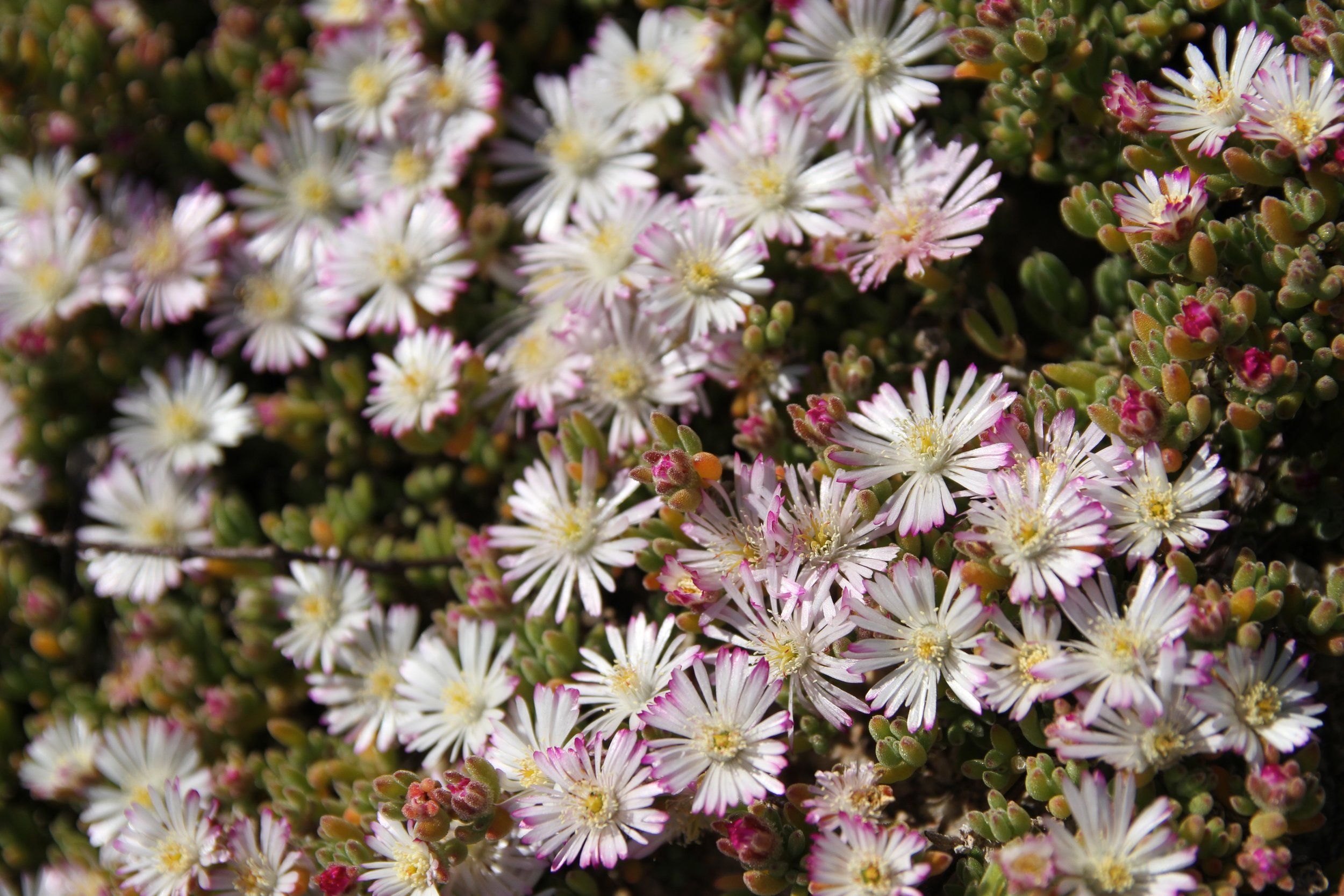
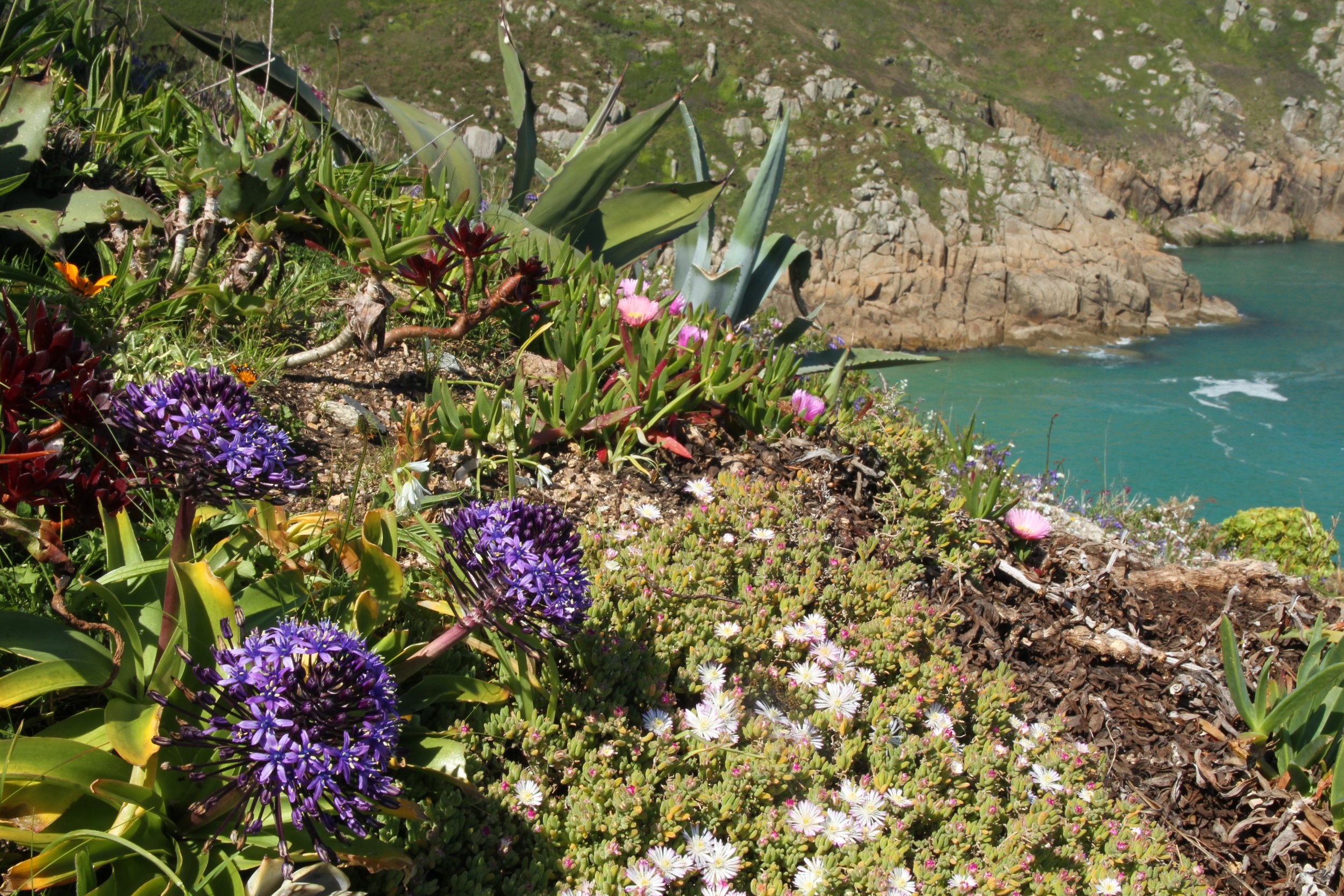

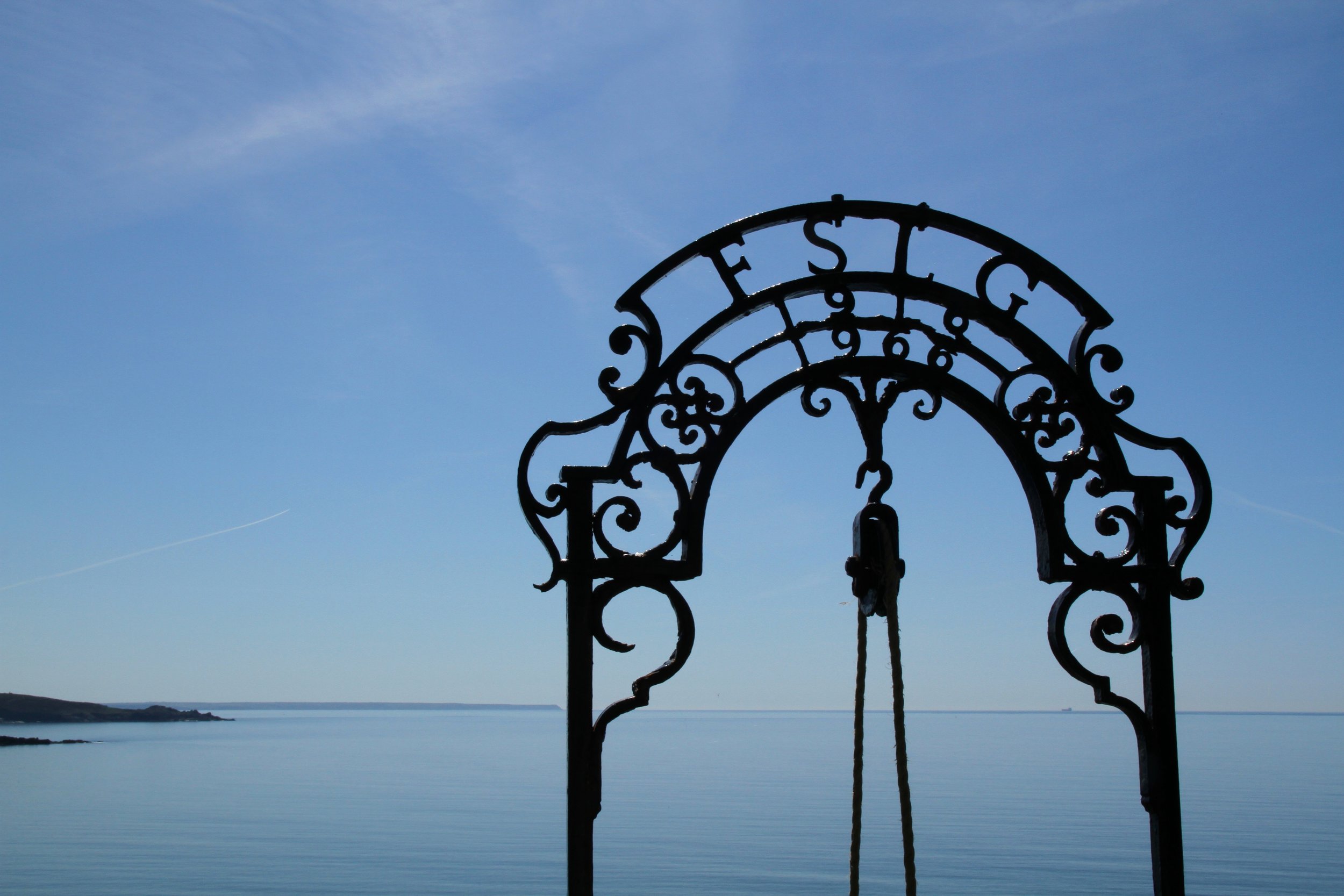
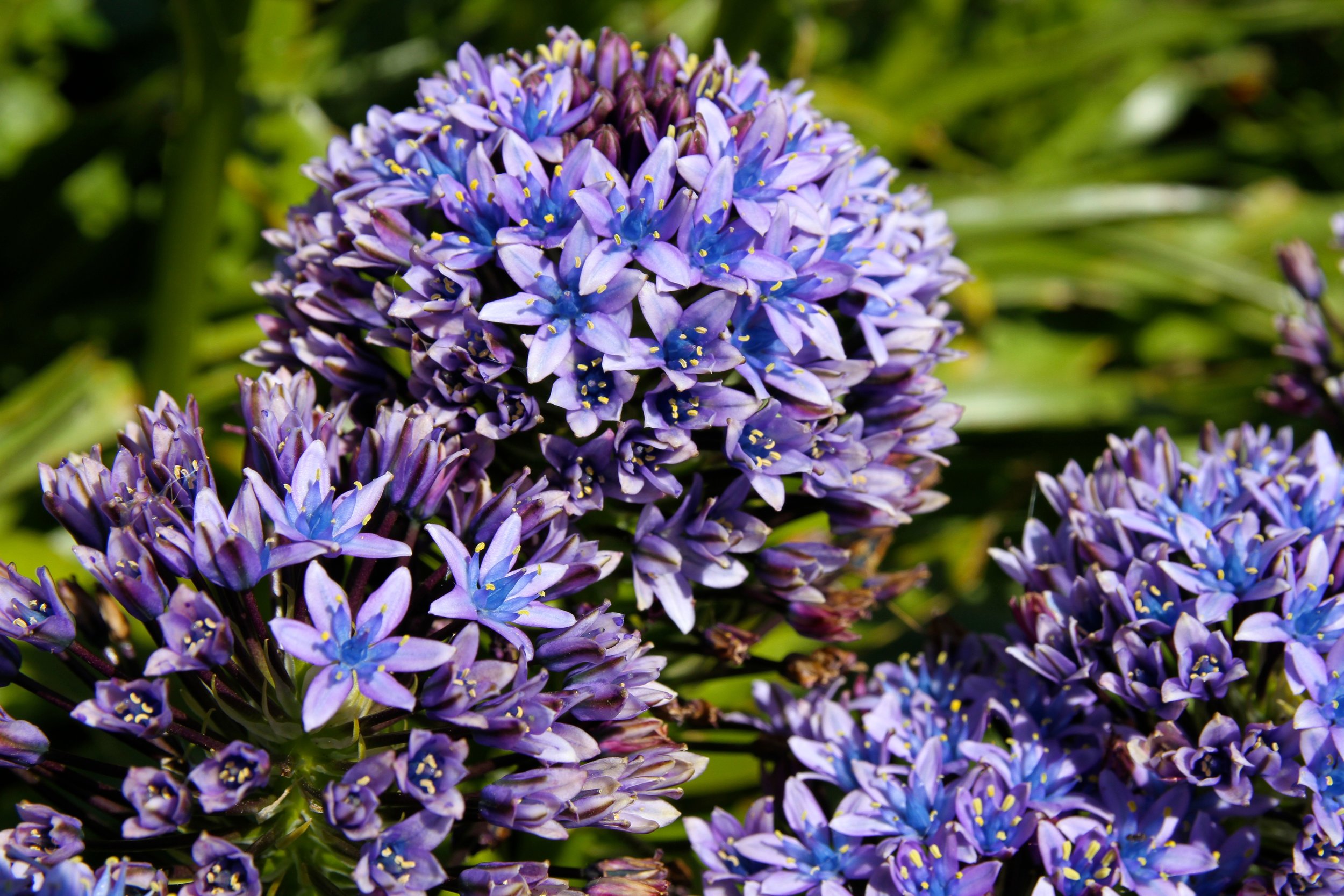




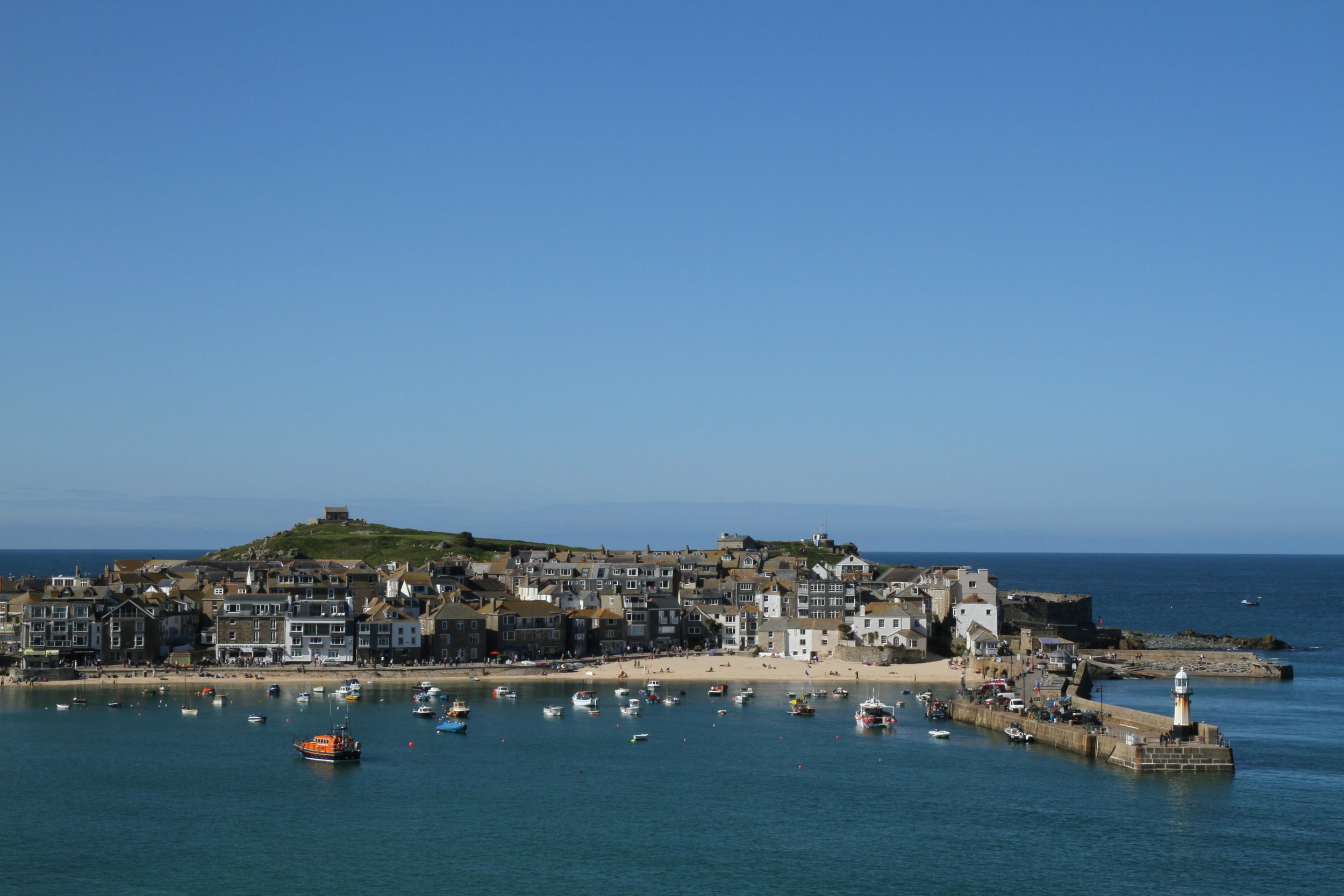

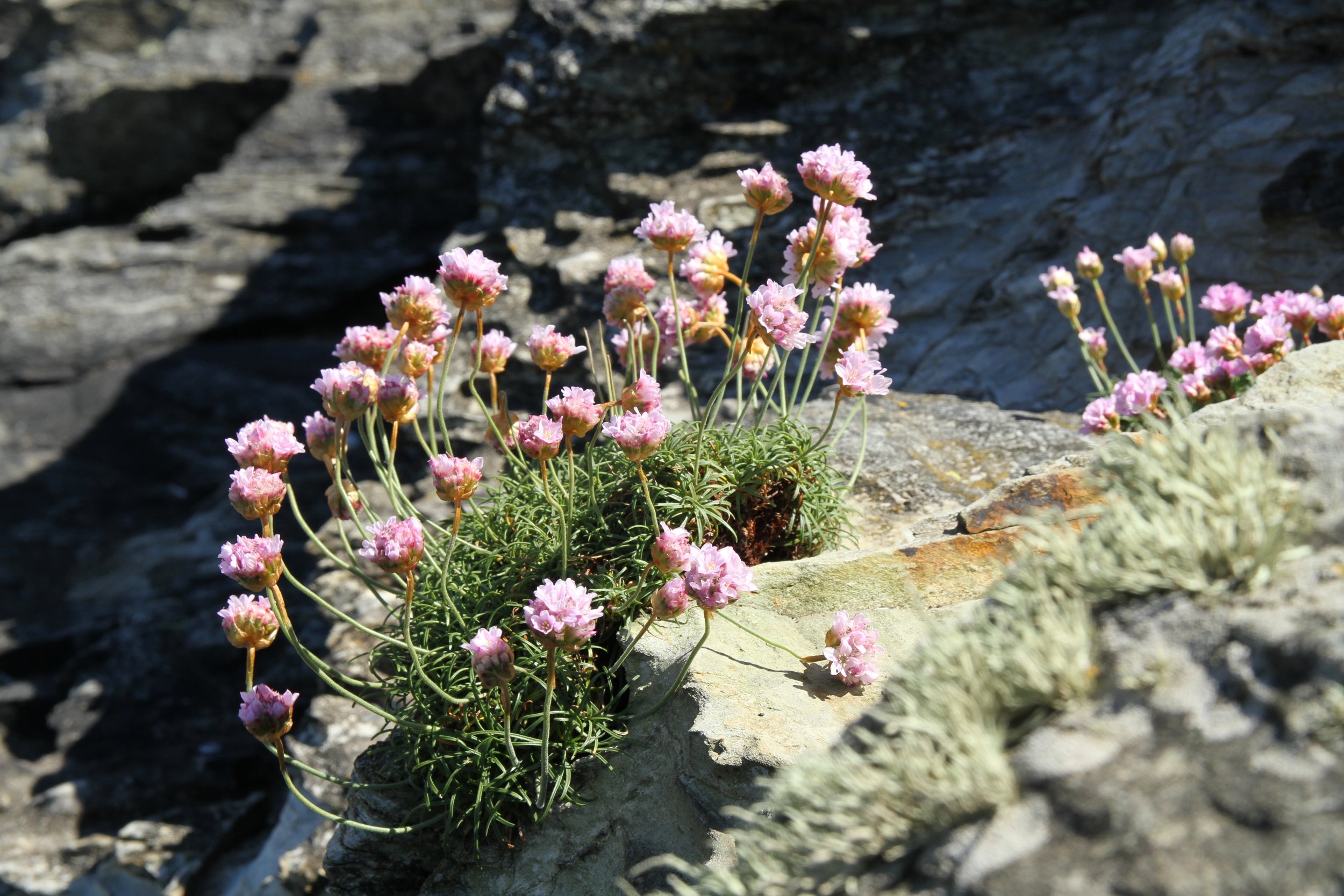
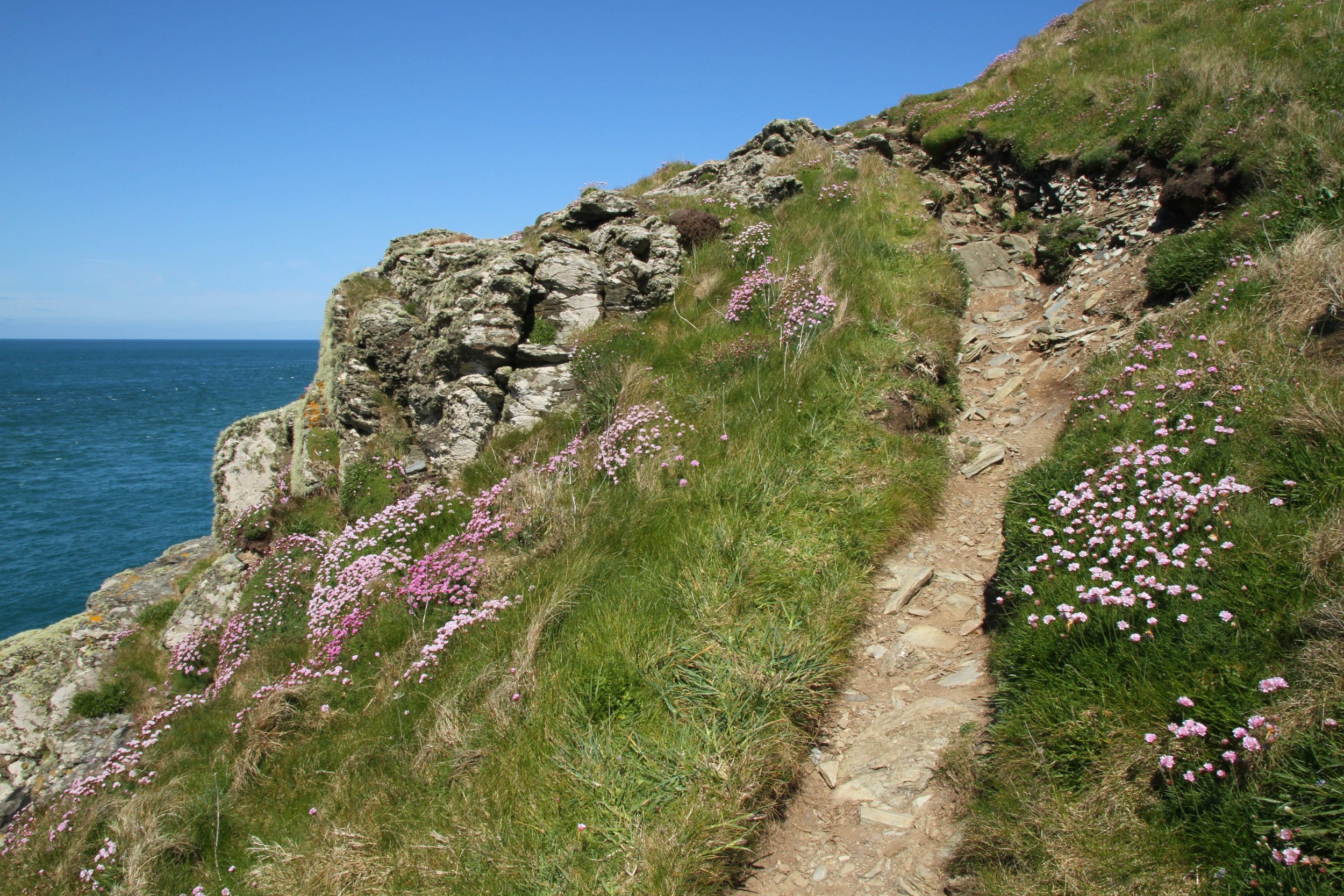
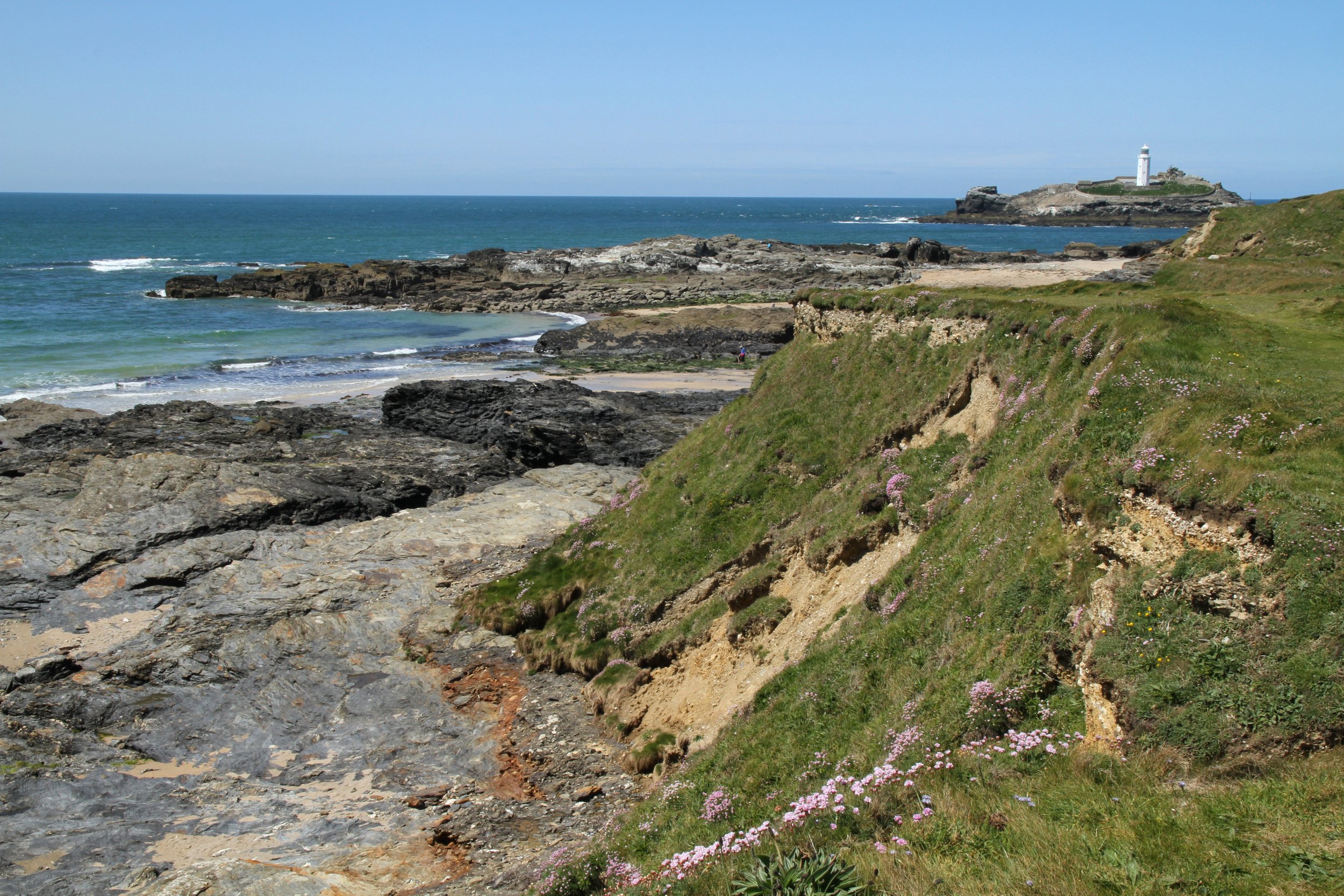




















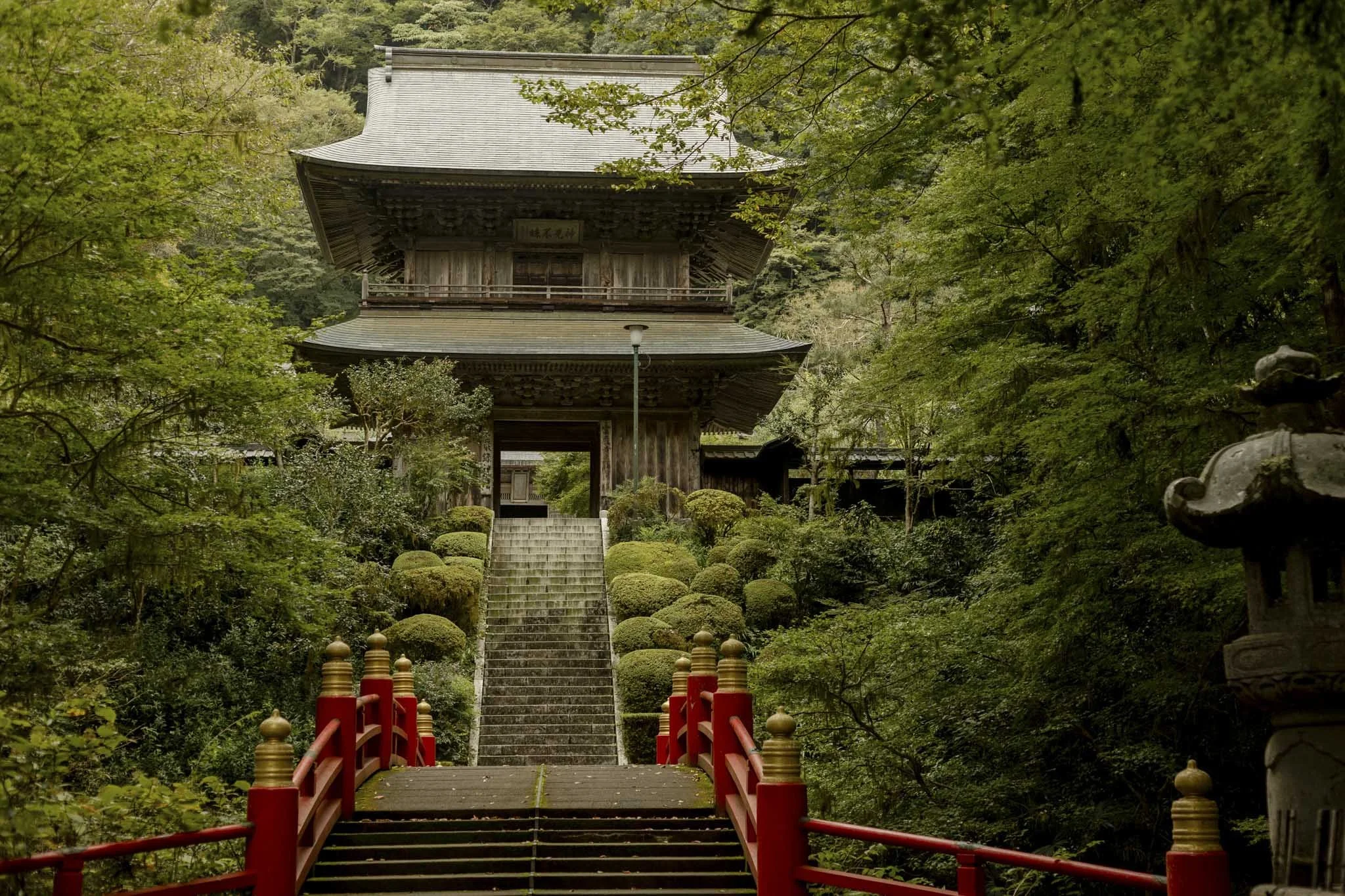












Celebrating Cecil Beaton at Wales’ Hawarden Estate.